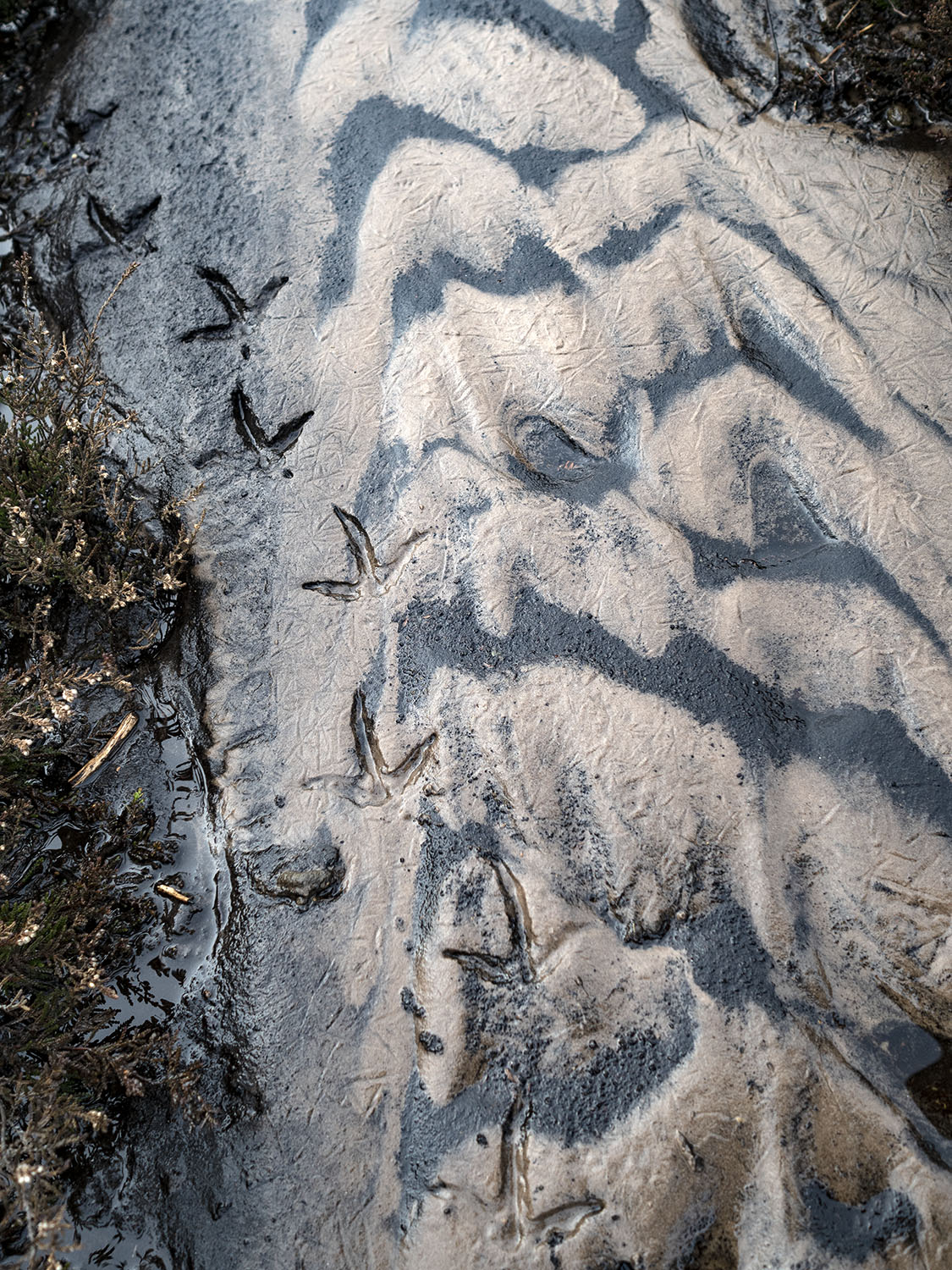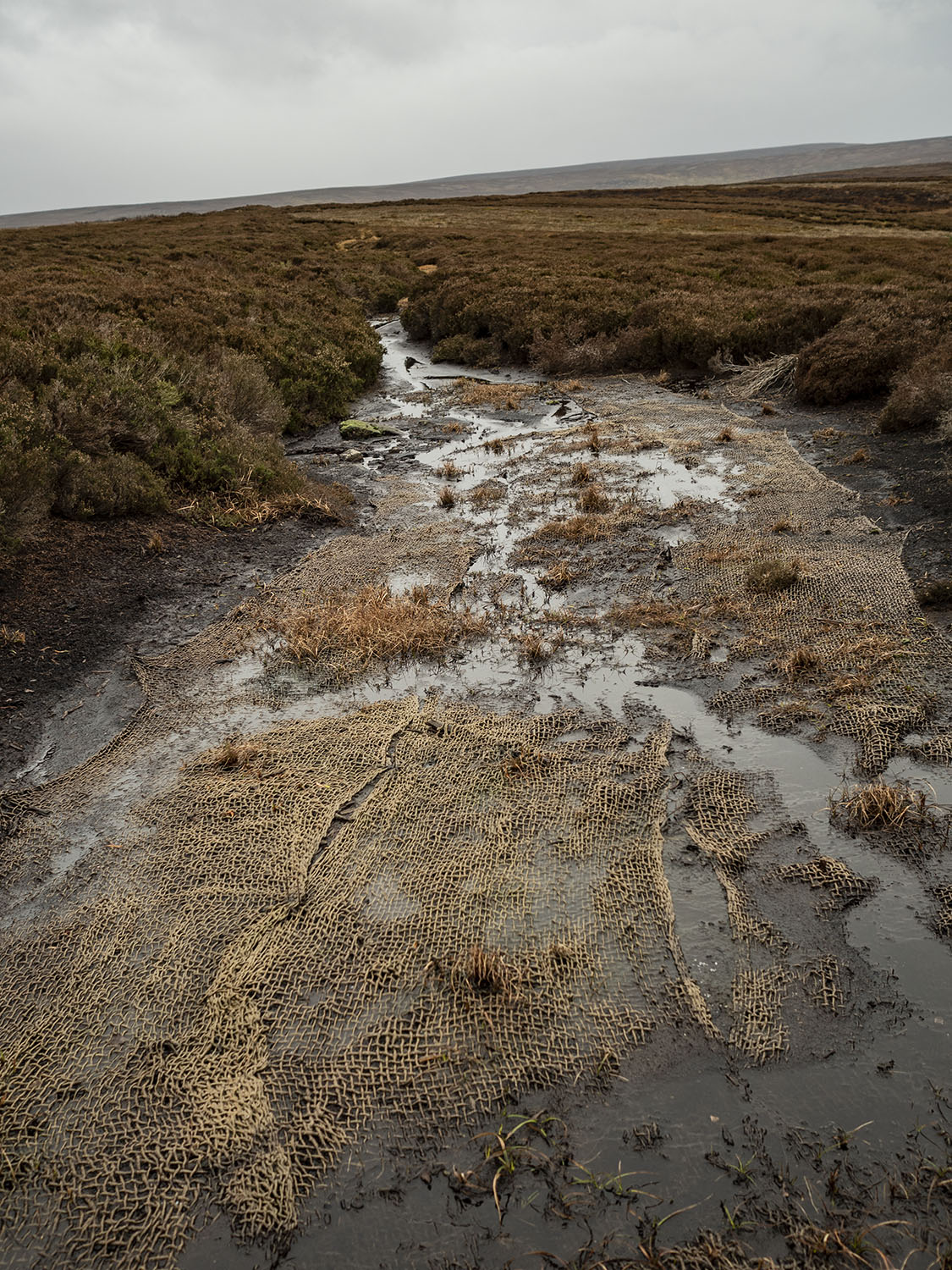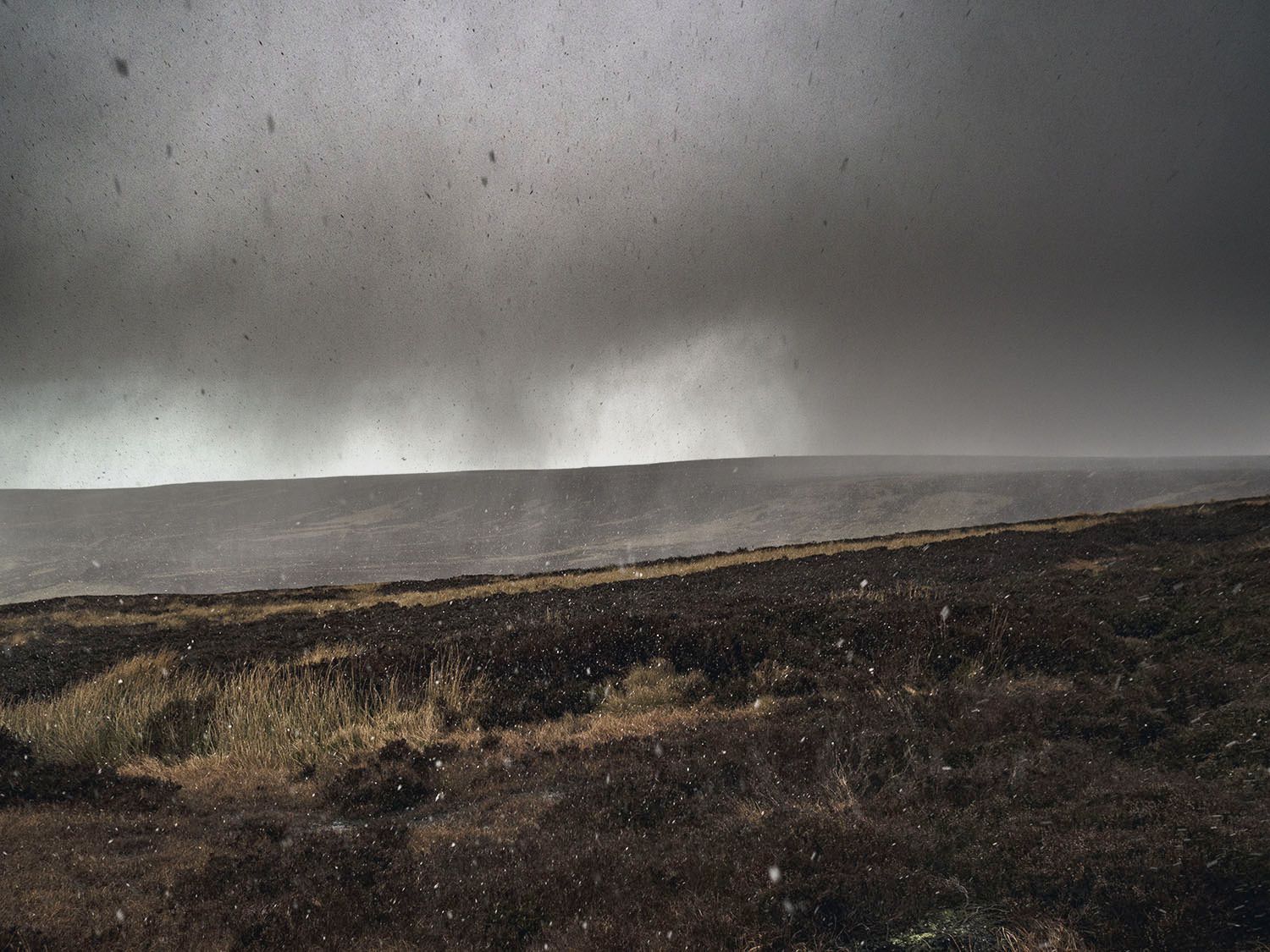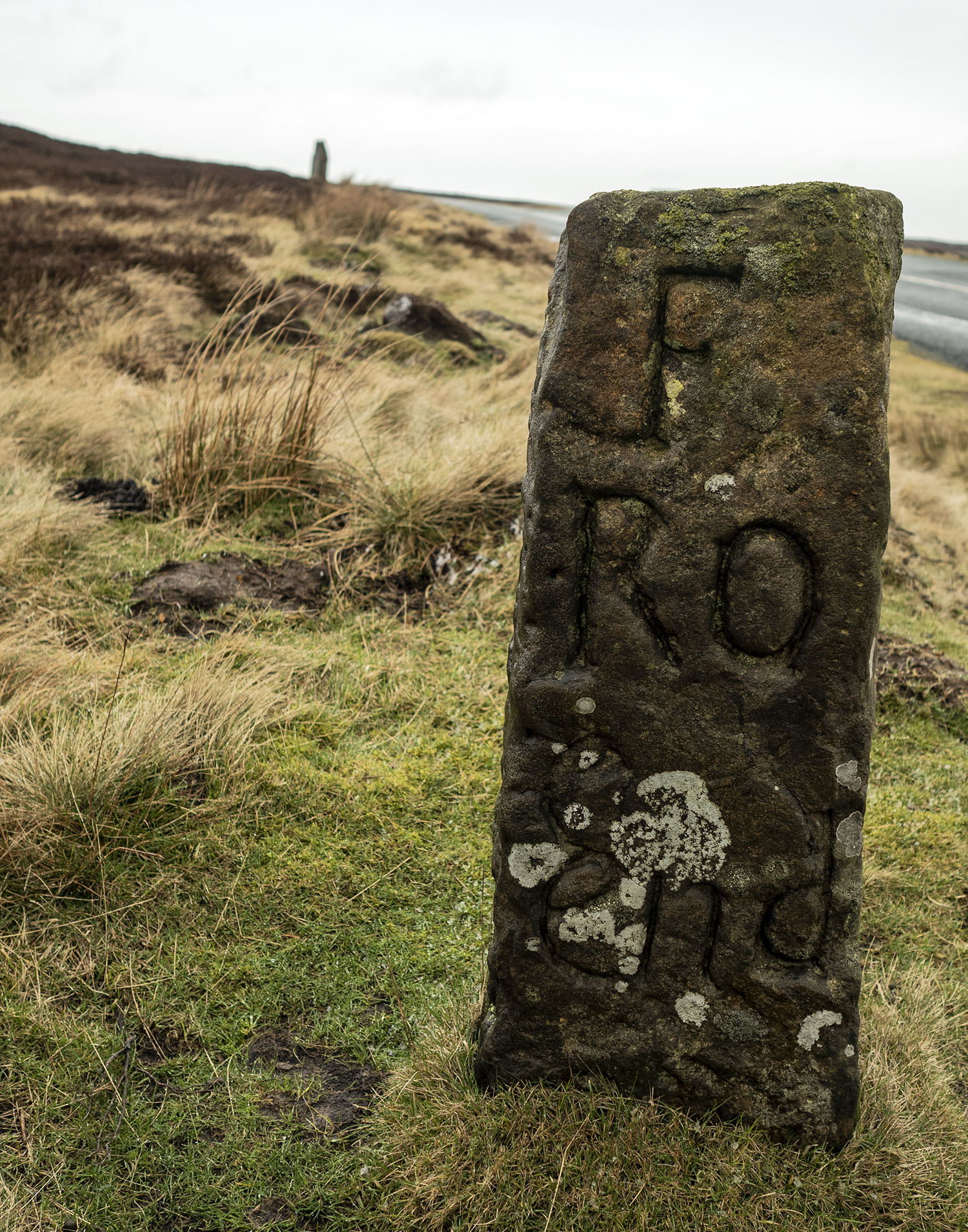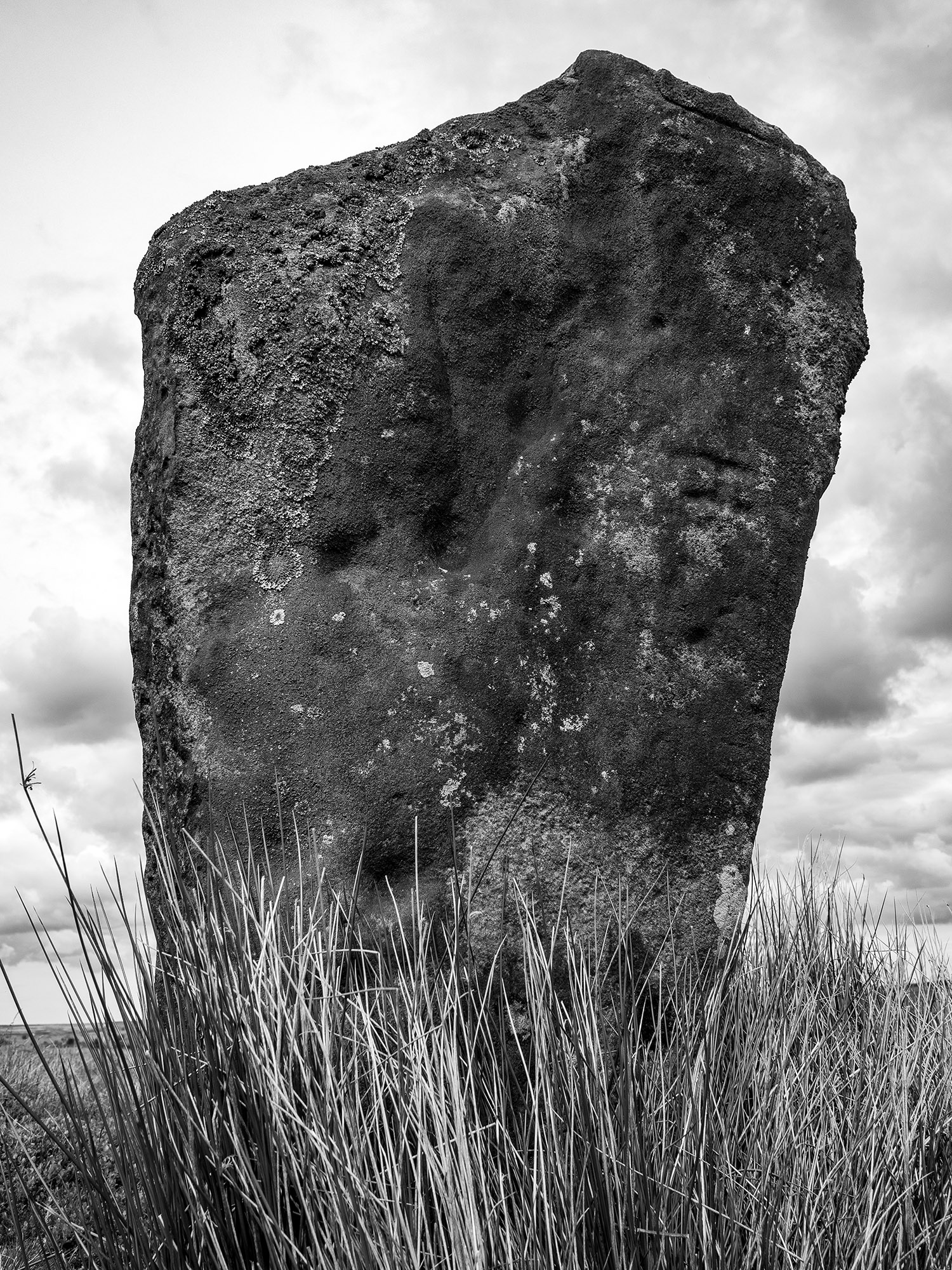
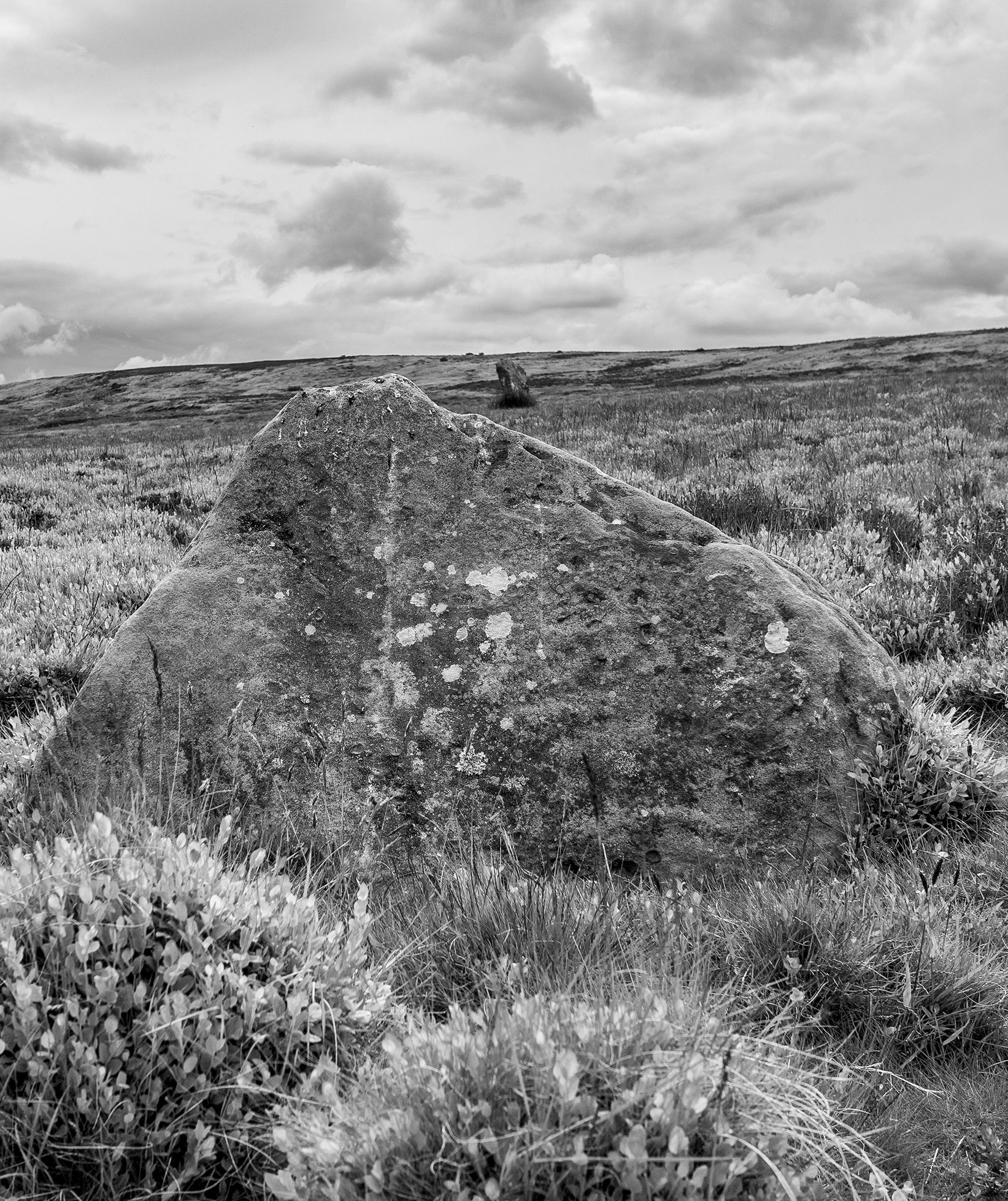
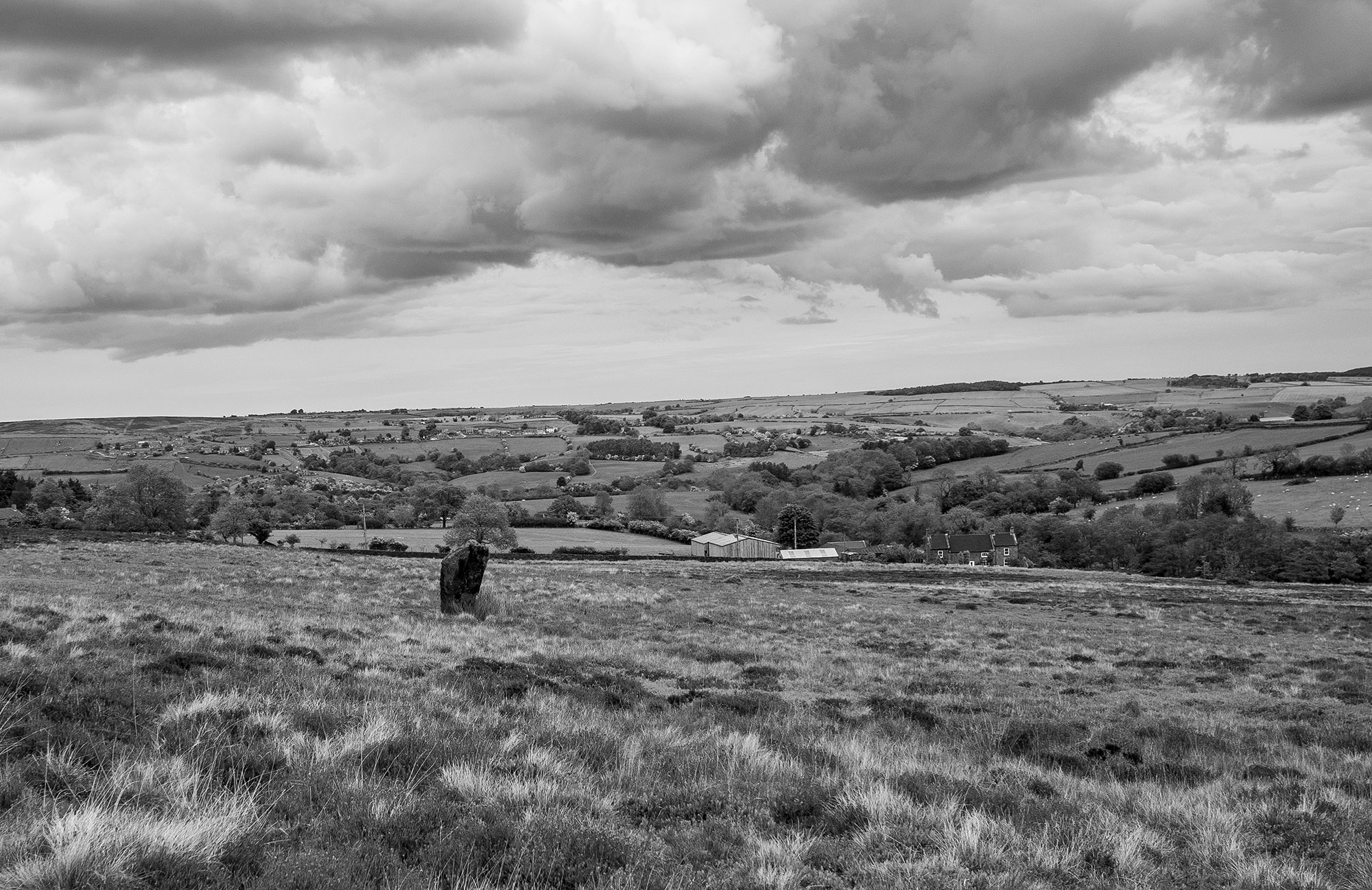
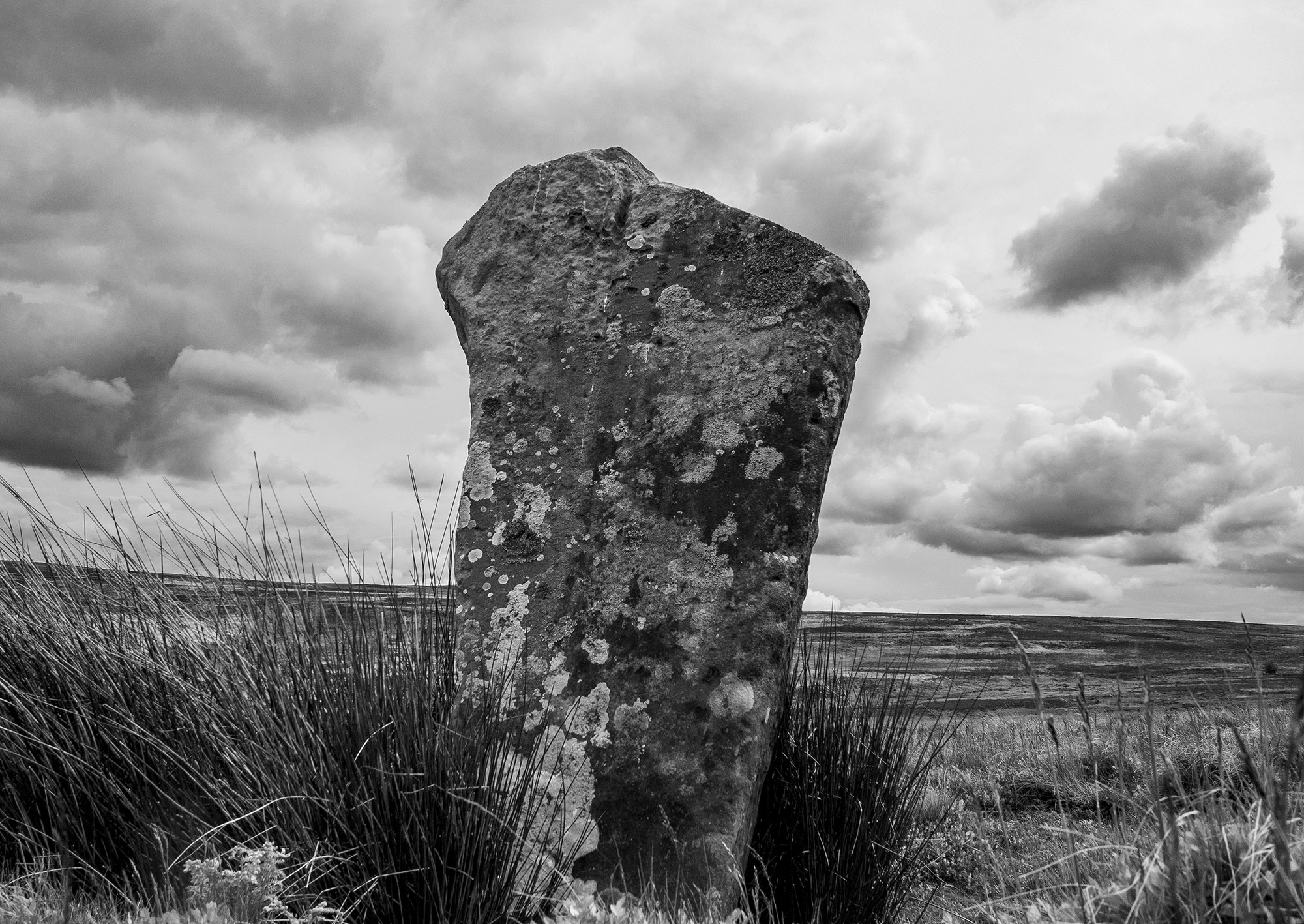
I took a trip over to Glaisdale to visit one on my favourite North York Moors standing stones. This rarely visited, tall, beautiful stone is one of a pair of upright stones located on Glaisdale Swang
Swang – a boggy stretch of land.
When I arrive at the stone I’m confronted by an anxious pheasant hen who starts running in circles around me, a tactic designed to distract me while her brood of chicks scatter for the shelter of the nearby heather.
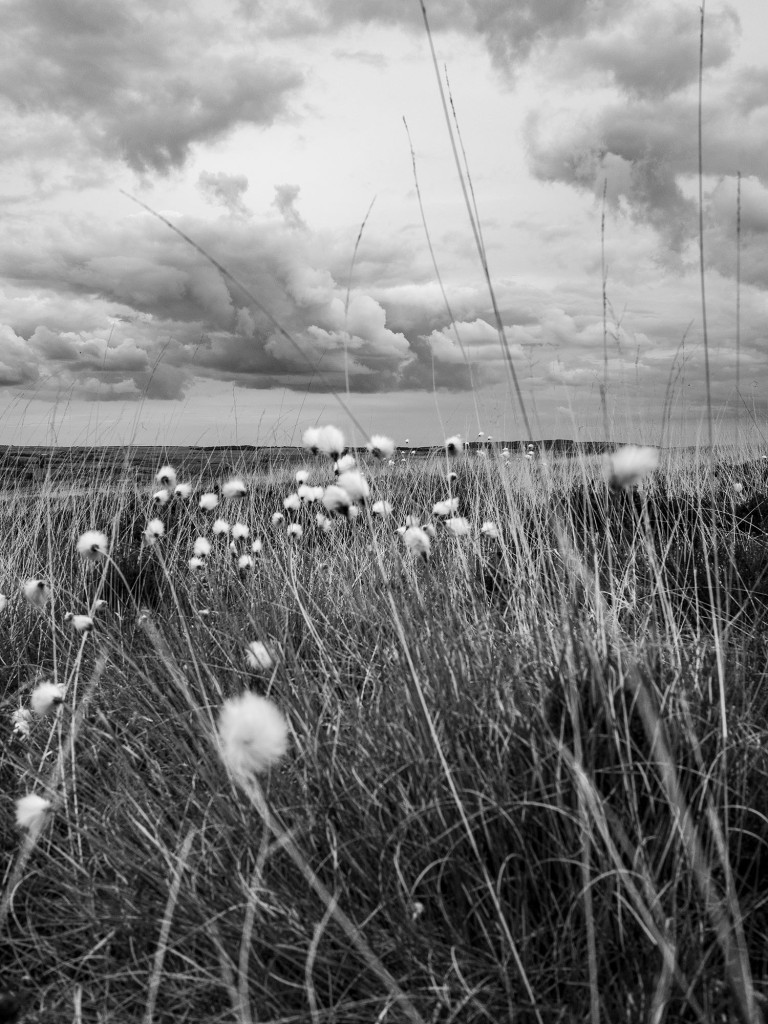
I can see another stone on the moor edge in the distance, I know that this will probably be a guide stone but probably isn’t good enough, I head for the higher ground. The ground is marshy, so I zig zag my way up the narrowing valley following the lush green carpet of bilberry which tends to grow on the better drained ground. Curlews and lapwings rise in alarm and noisily track my progress as I move from one birds territory to another. Towards the top of the swang, a large hare breaks cover.
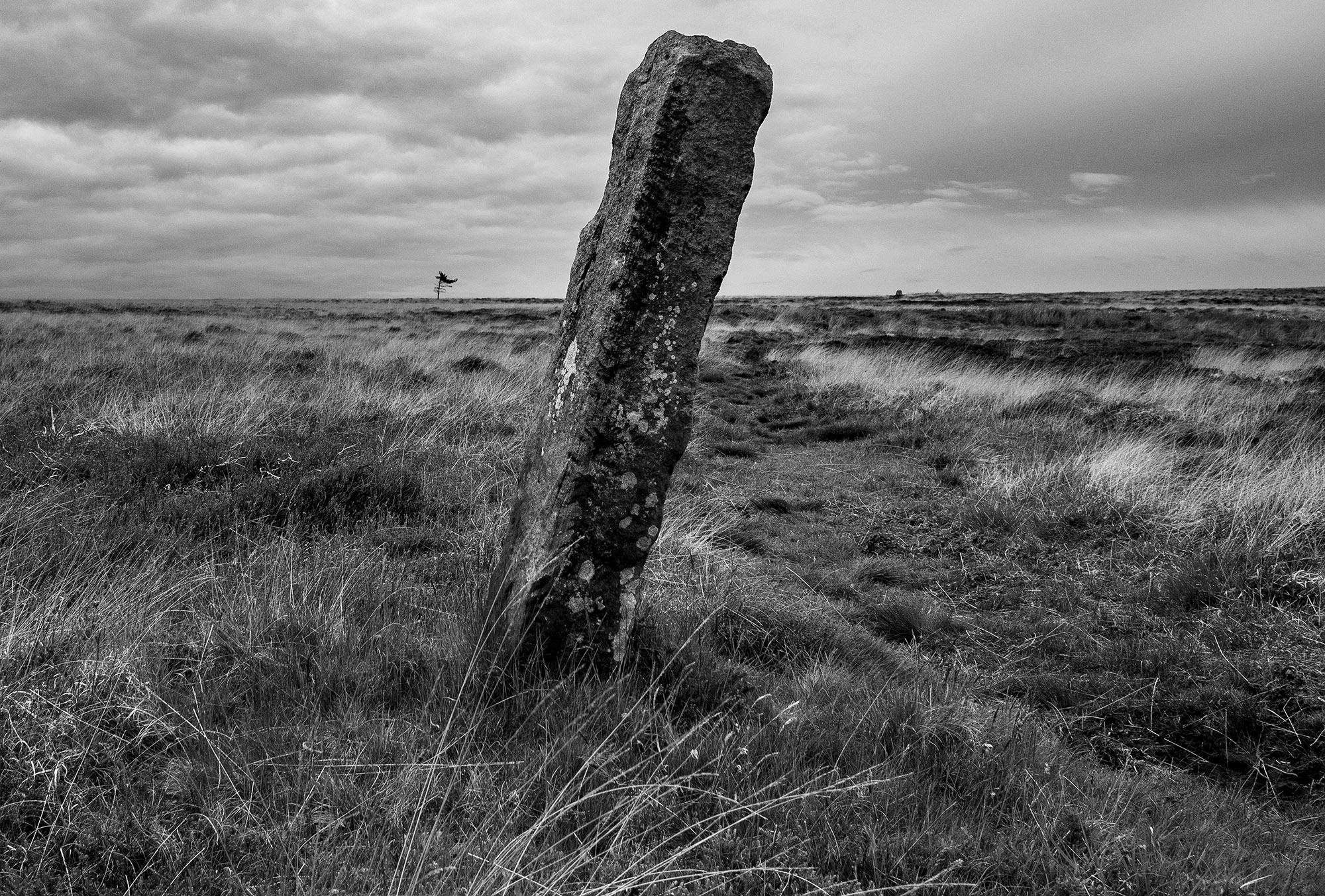
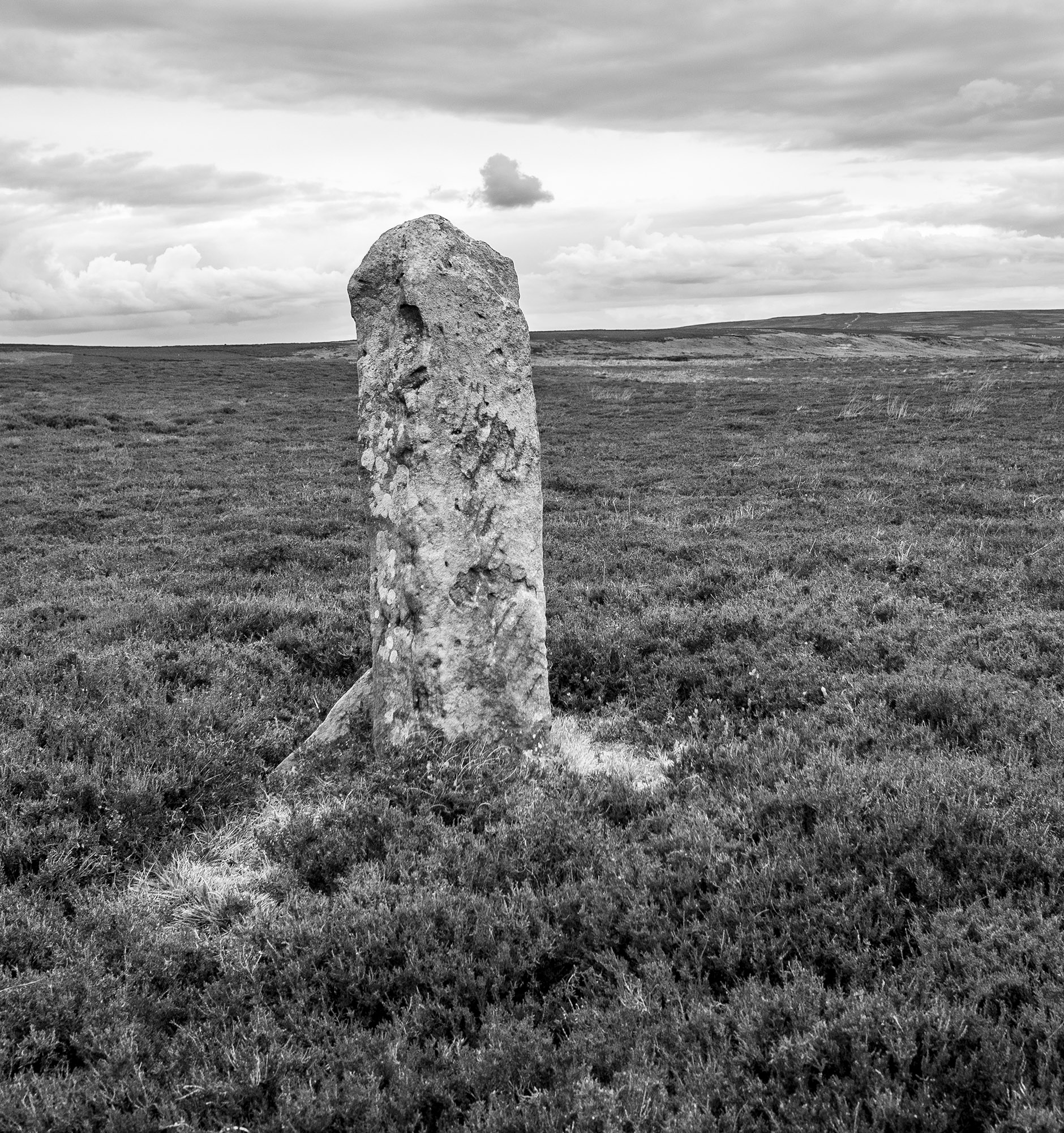
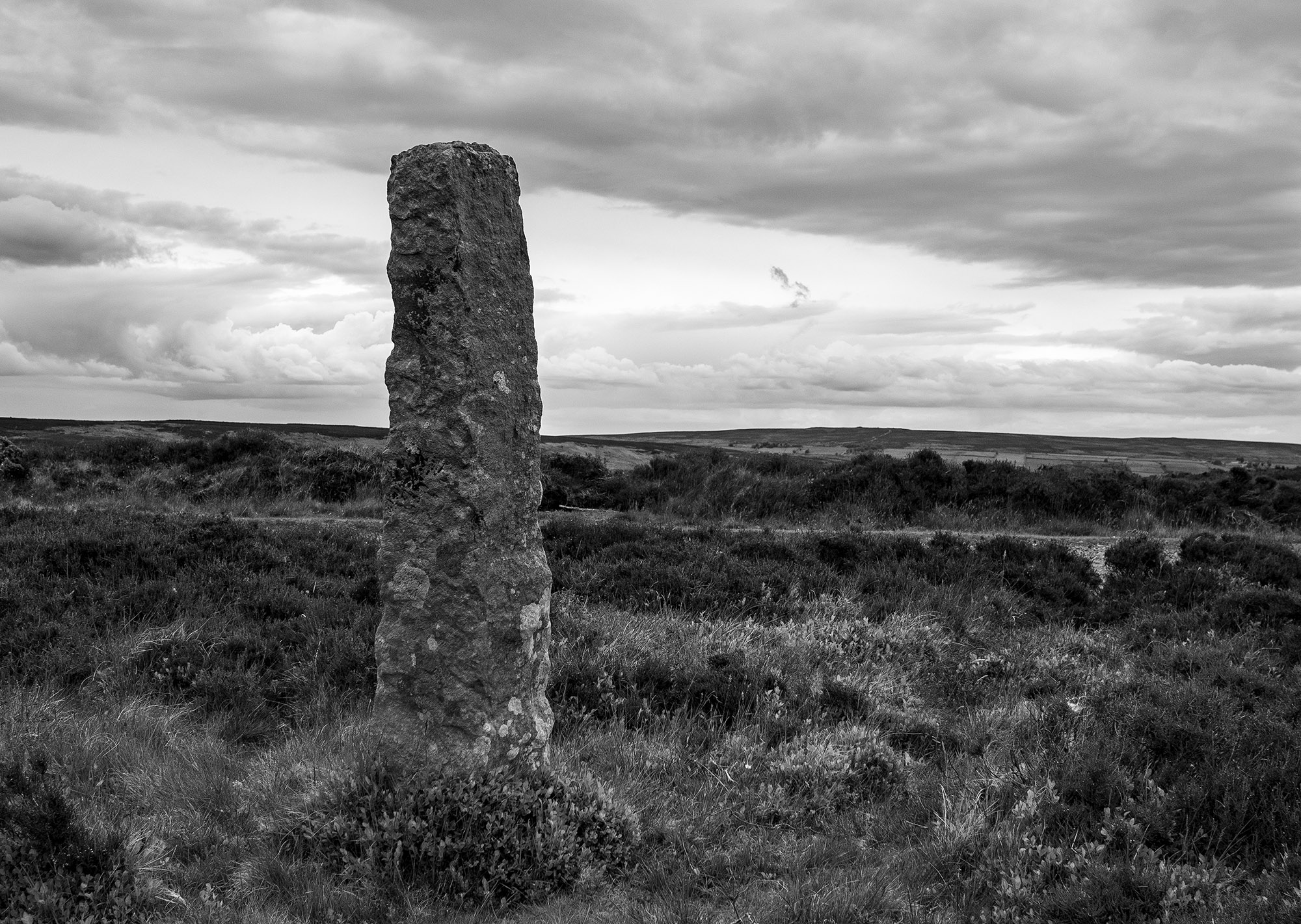
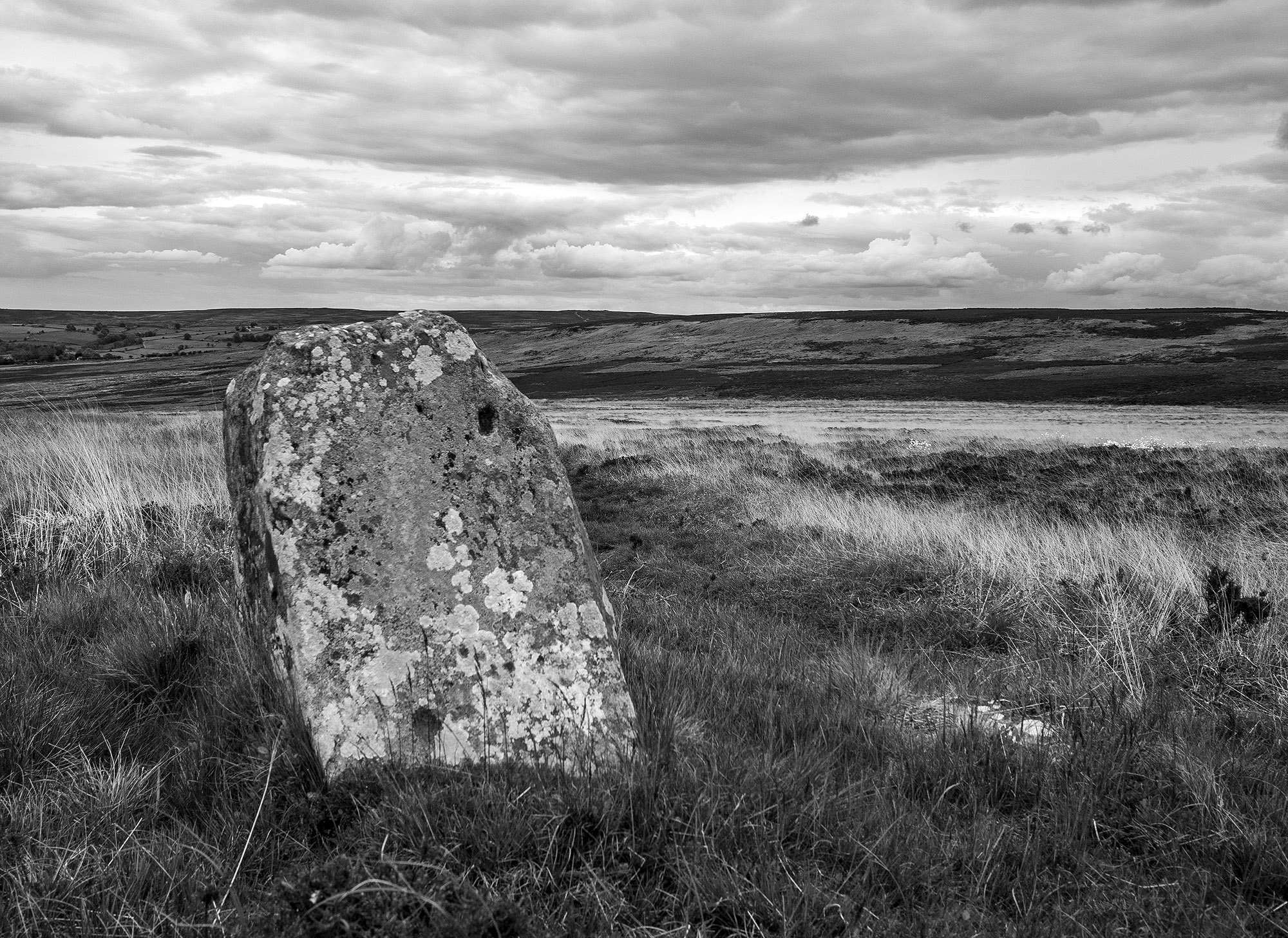
As I move onto the high moor guide stones mark the track. Many of these stones date to the 18th century, others may possibly be far older. On October 2nd, 1711, the Justices sitting at Northallerton ordered that guide posts should be erected throughout the North Riding.
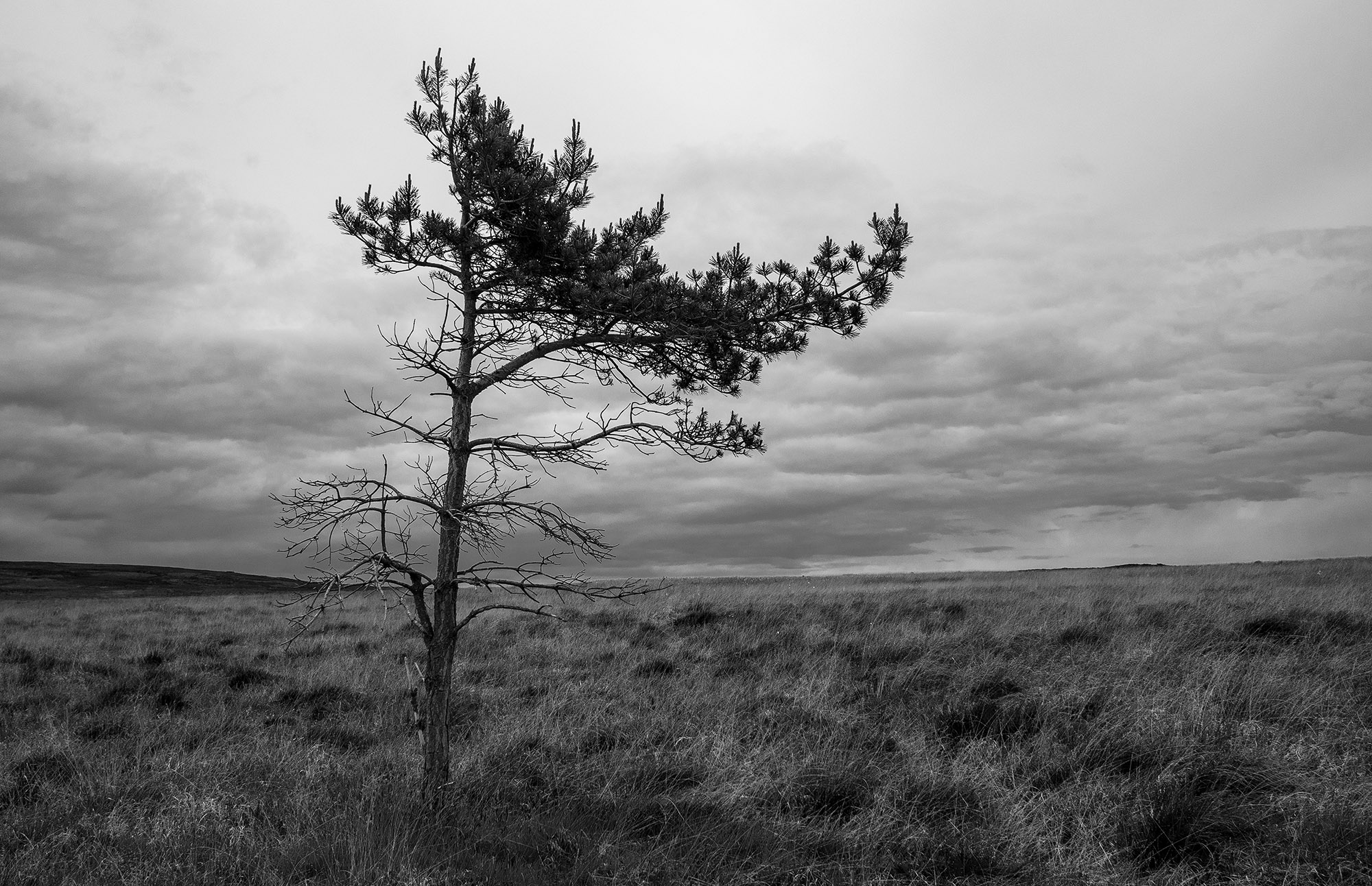
A solitary pine tree on the moor top, its branches indicate the direction of the prevailing winds.
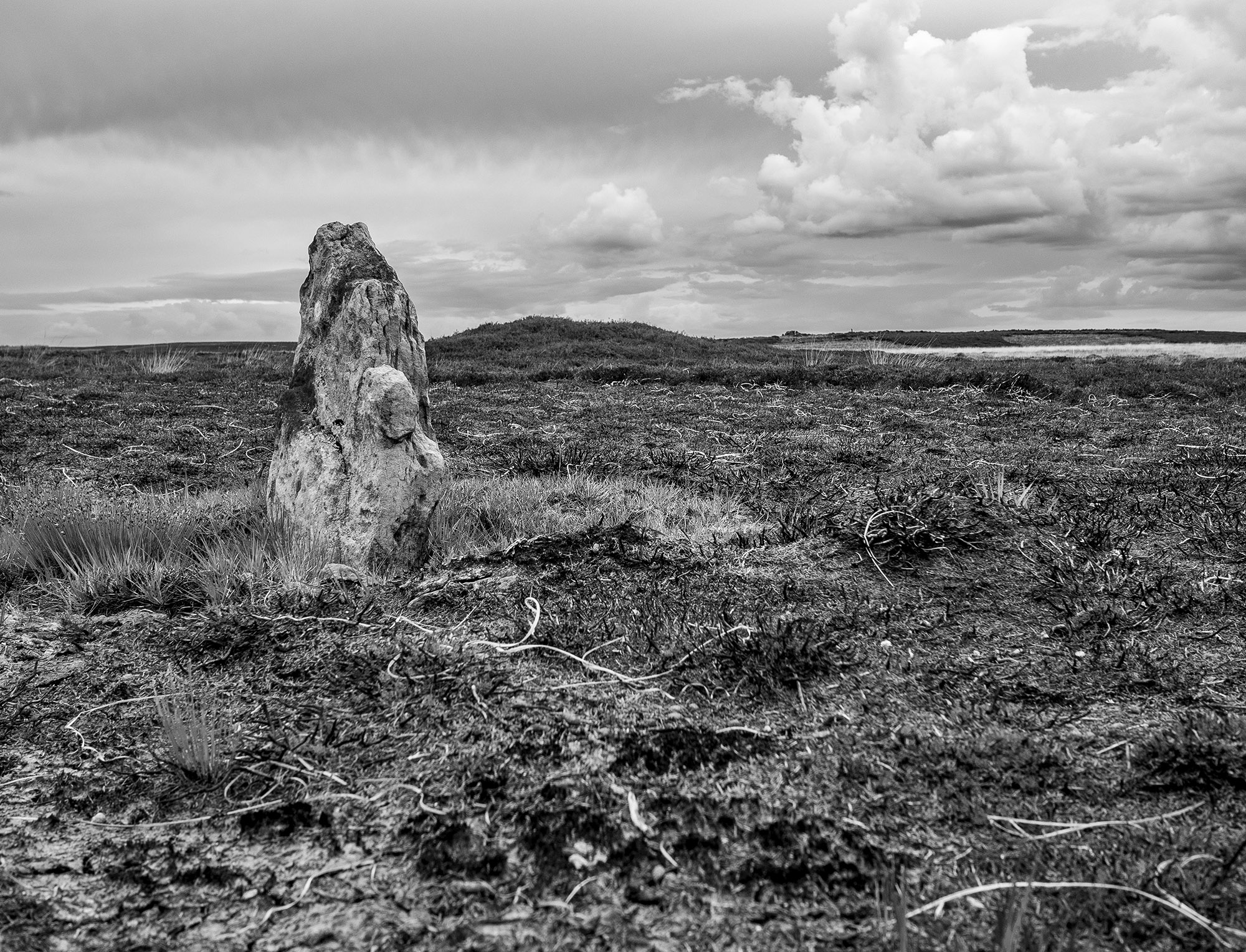

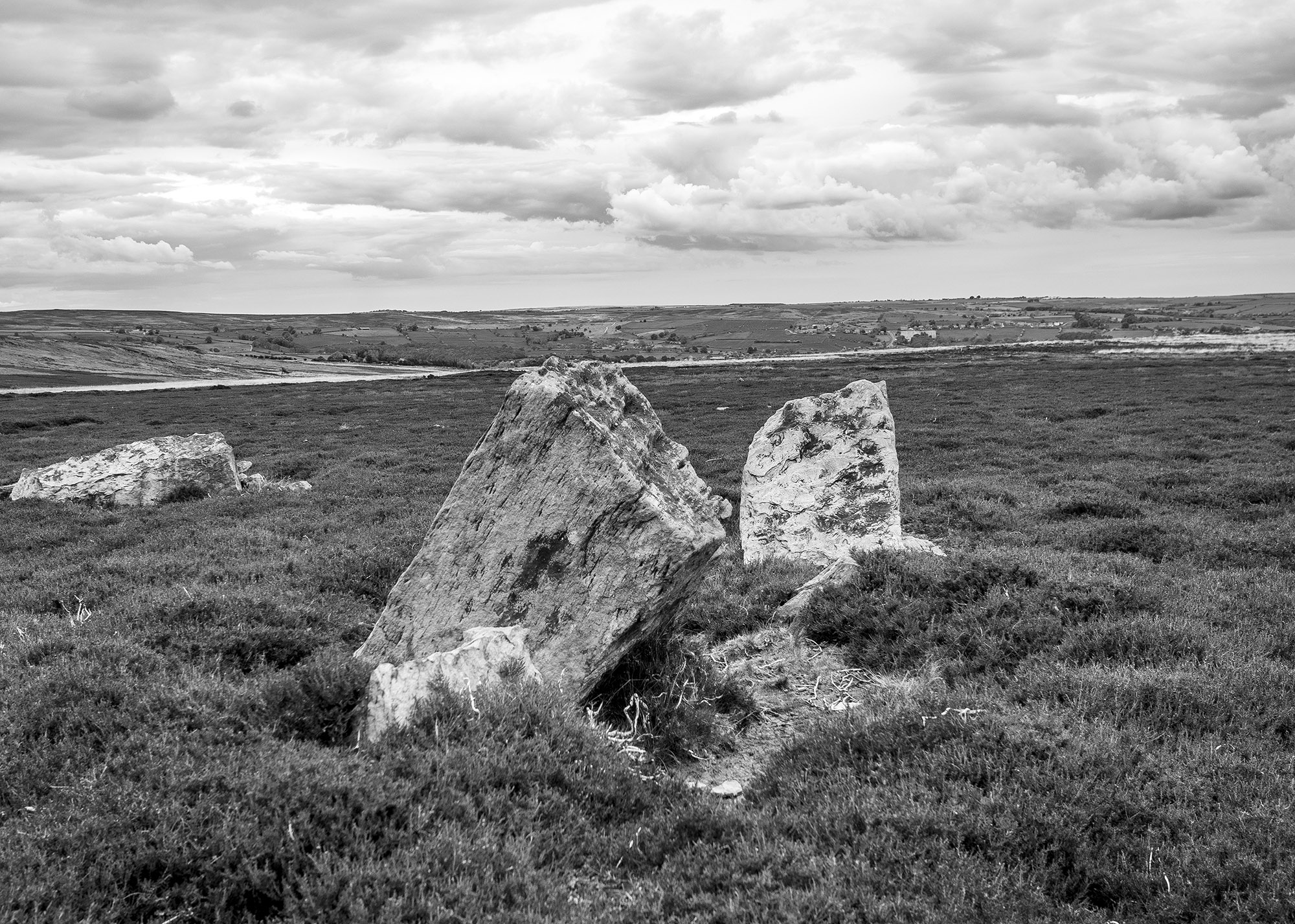
Walking across across the high moor towards Glaisdale I encounter a couple of low standing stones one of which is close to a low mound. These stones are not on the track and are too small to be guide stones. Another group of large stones look as through they were once standing but it is difficult to say much more about them.
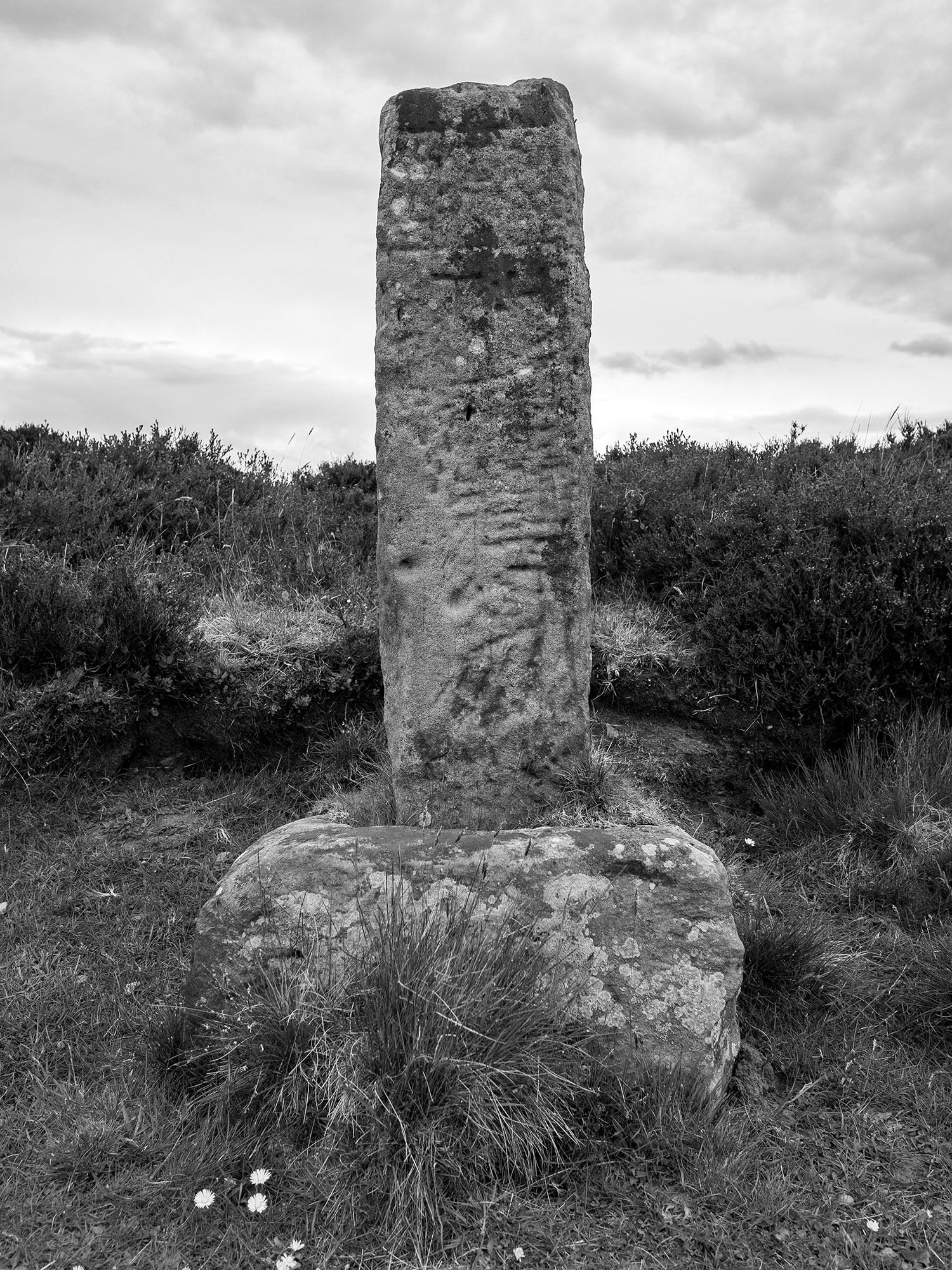
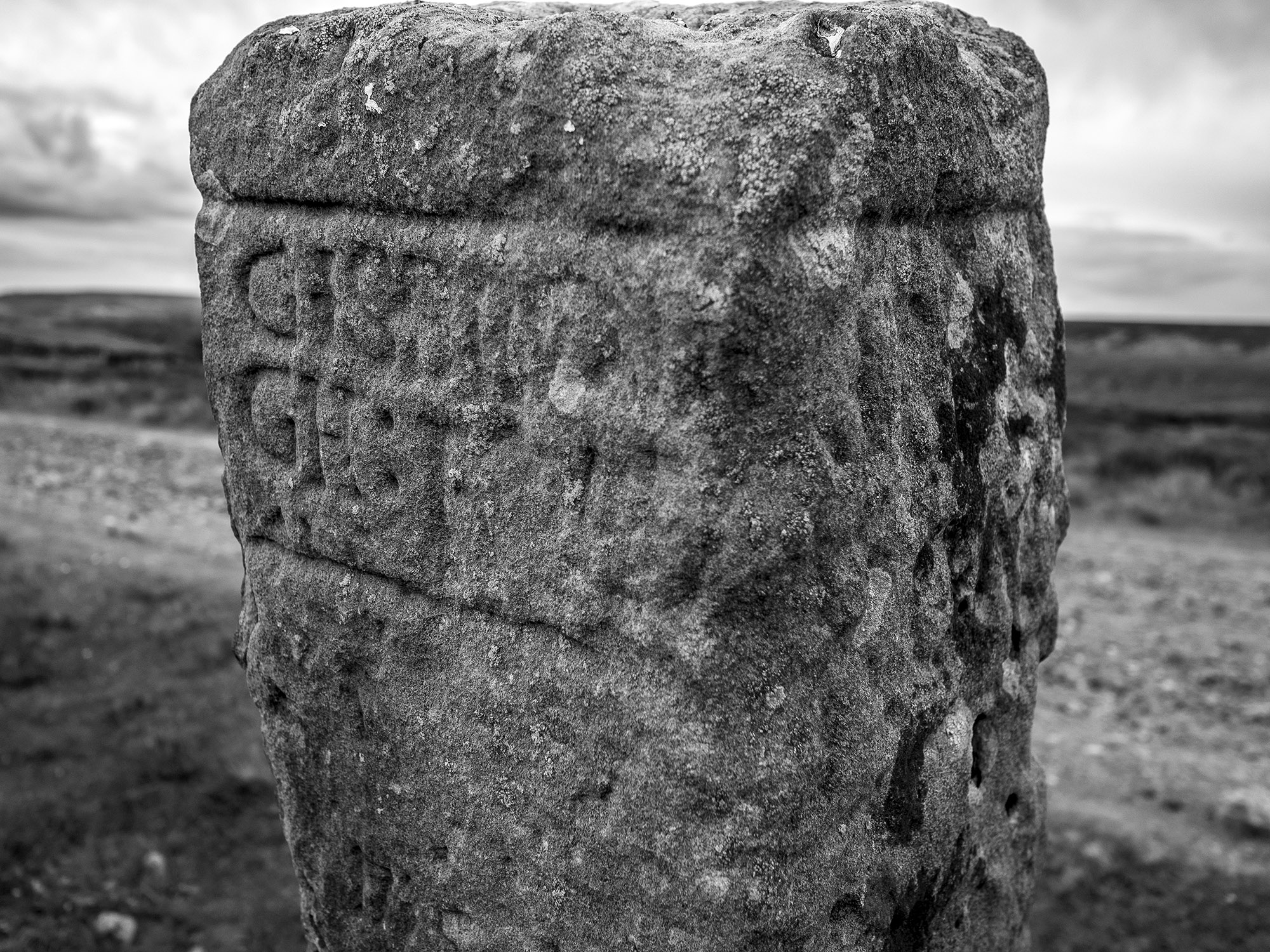
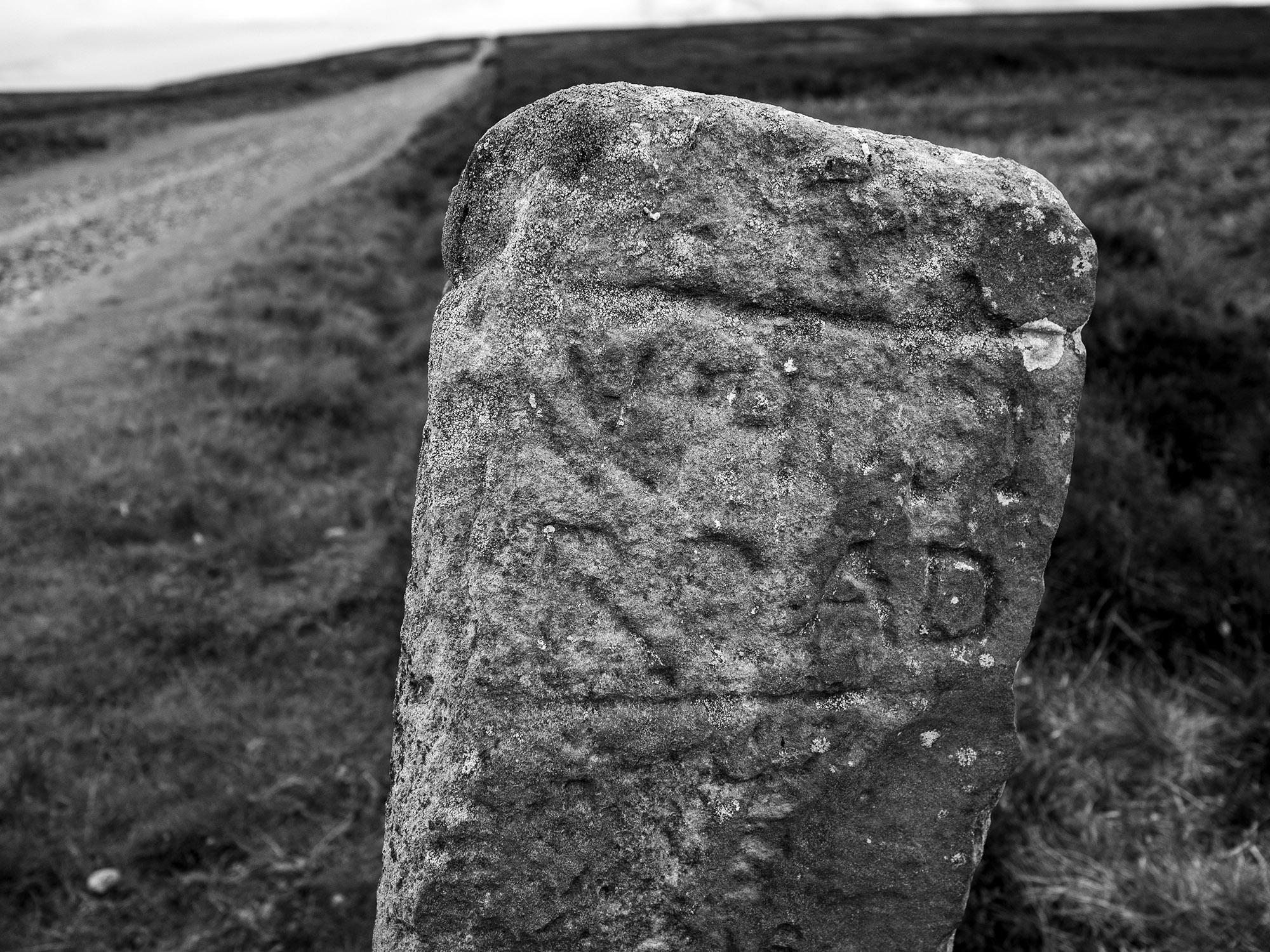
This guide stone was carved and erected by Thomas Harwood about 1735. Harwood erected four other similar stones on Glaisdale Rigg. The stone appears to be housed in an old cross base. It is possible to make out the inscriptions on the north and east faces, they read Gisbrogh Road and Whitby Road. The other two faces are illegible, Stanhope White writes that the south face reads Glaisdale Road TH.
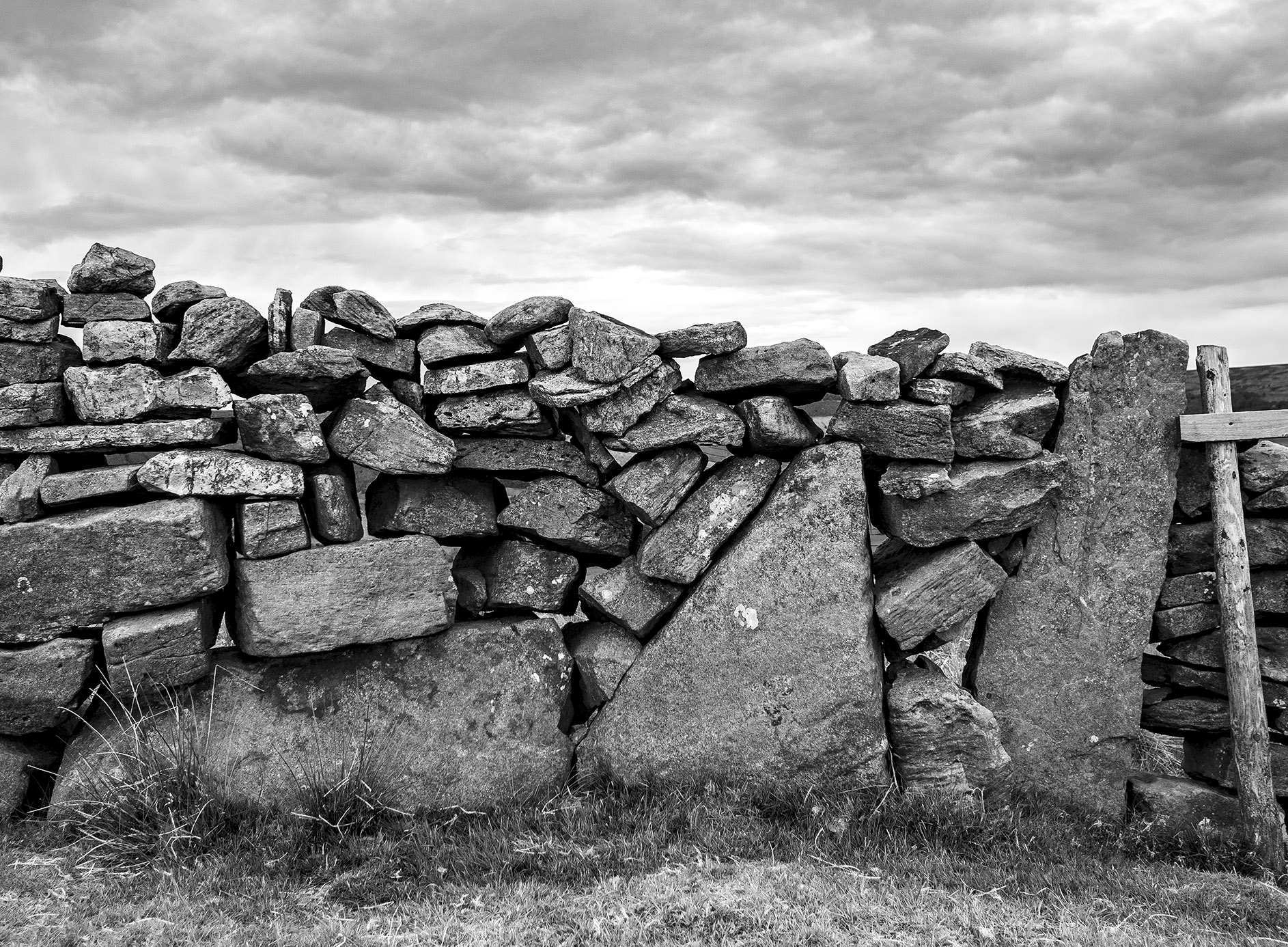

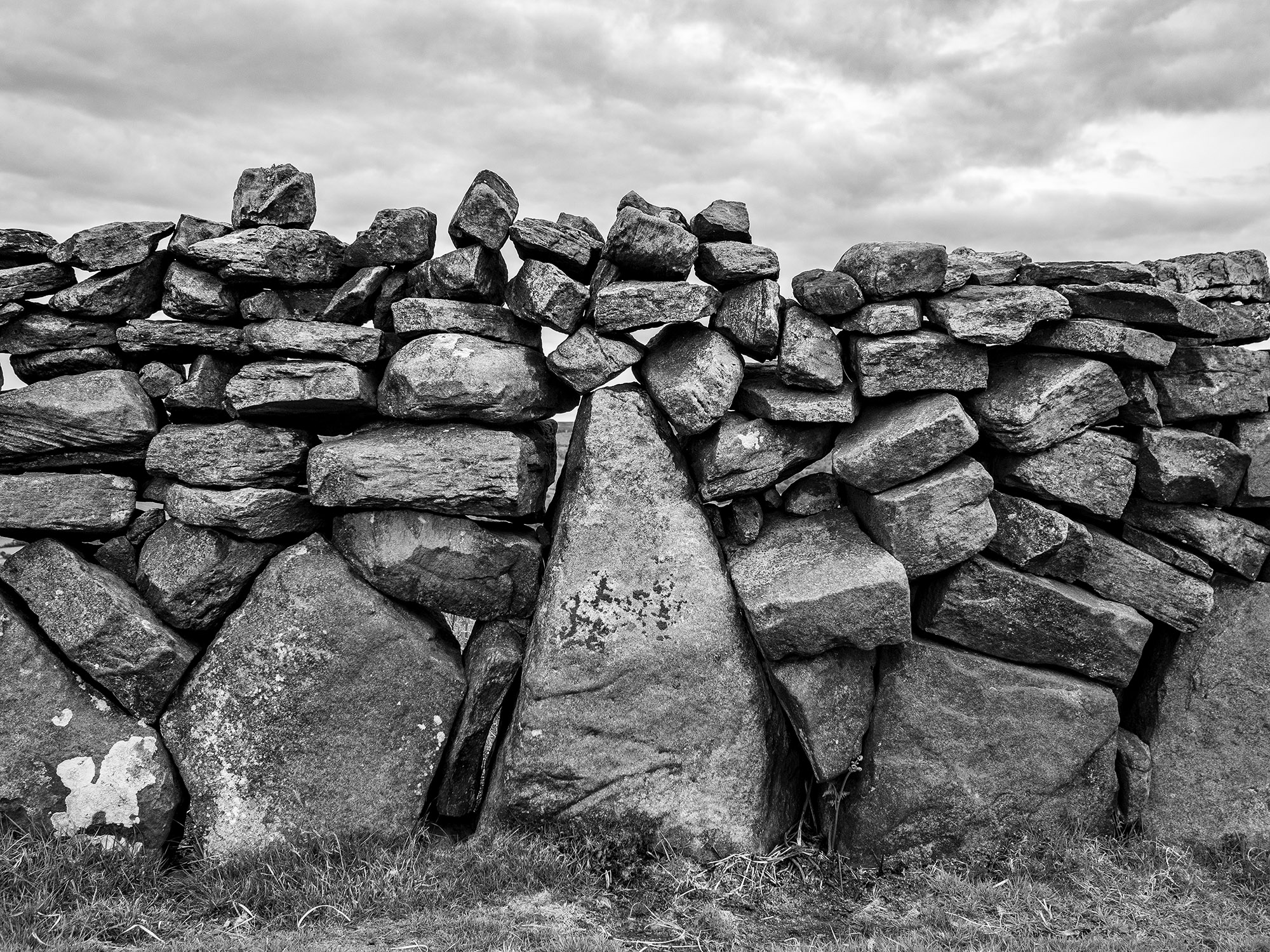
Walking over to the edge of Glaisdale I find this beautiful orthostatic wall, a real joy. About a century ago many of the original field walls across the moor and dales were rebuilt by professional wallers, this wall may be a survivor of an earlier age.
In his book, Some Reminiscences & Folk Lore of Danby Parish & District, Joseph Ford writes of Stone-Rearing Days. These were occasions when a farmers neighbours gathered together to build walls around newly-enclosed fields. Ford thinks that this tradition may stretch as far back in time to the original settlers of the moorland dales.
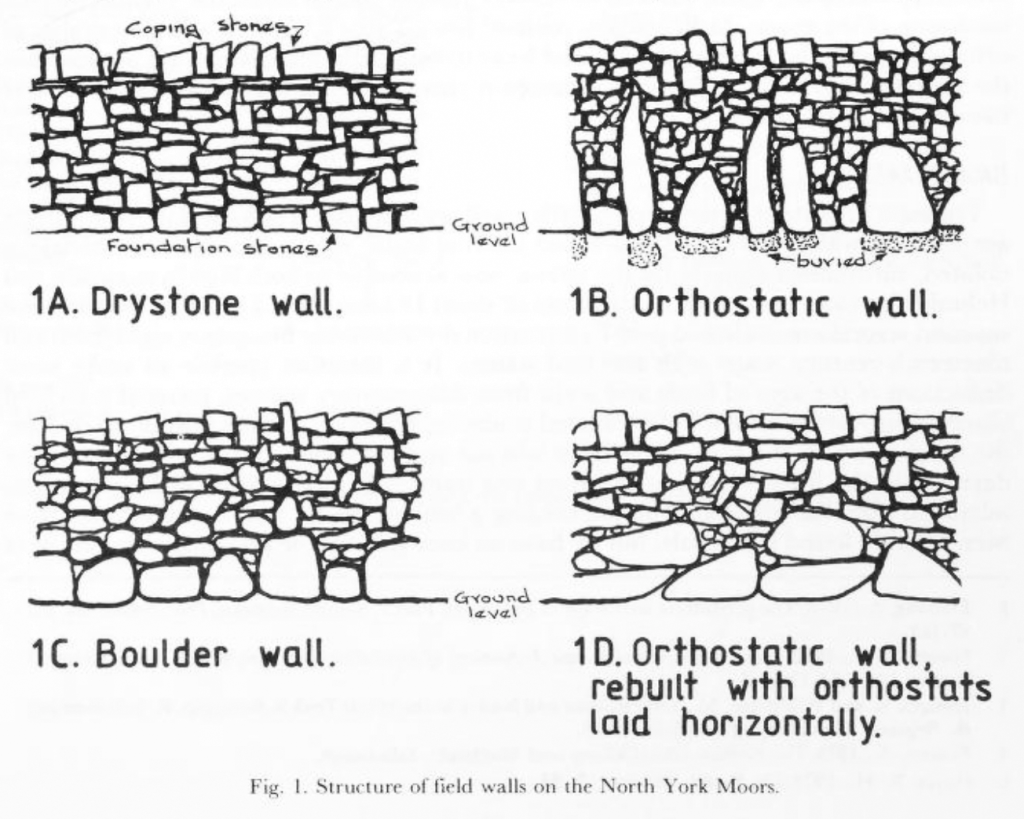
Etymology
Glaisdale – YN [Glasedale 12 Guisb. Glasedal 1223, Glasdale 1228 FF] ‘The valley of R Glas’
OW gleis, Welsh glais ‘stream’
Glas is a British river-name derived from the Welsh glas ‘blue, green, grey’
Sources
Yorkshire Wit, Character, Folklore & Customs. R Blakeborough. W Rapp & Sons Ltd. 1911
The North York Moors. An Introduction by Stanhope White. The Dalesman Publishing Co. 1979
Some Reminiscences & Folk Lore of Danby Parish & District. Joseph Ford. M.T.D. Rigg Publications. 1990
The Concise Oxford Dictionary of English Placenames. E Ekwall. 1974
Orthostatic Field Walls on the North York Moors. D.A. Spratt. Yorkshire Archaeological Journal No. 60 1988
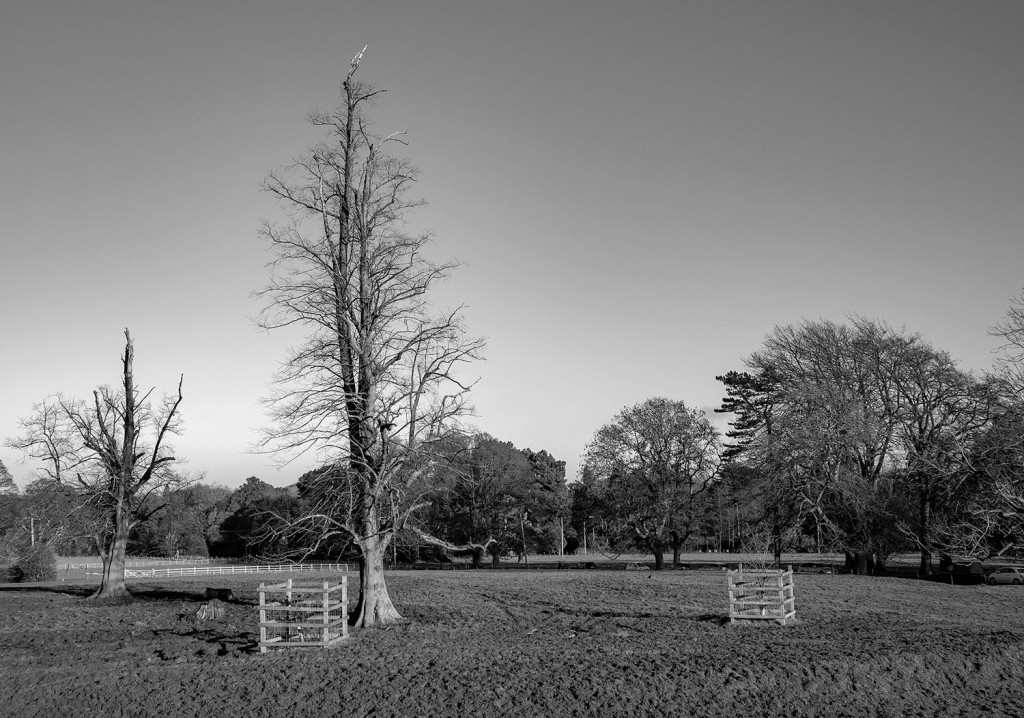
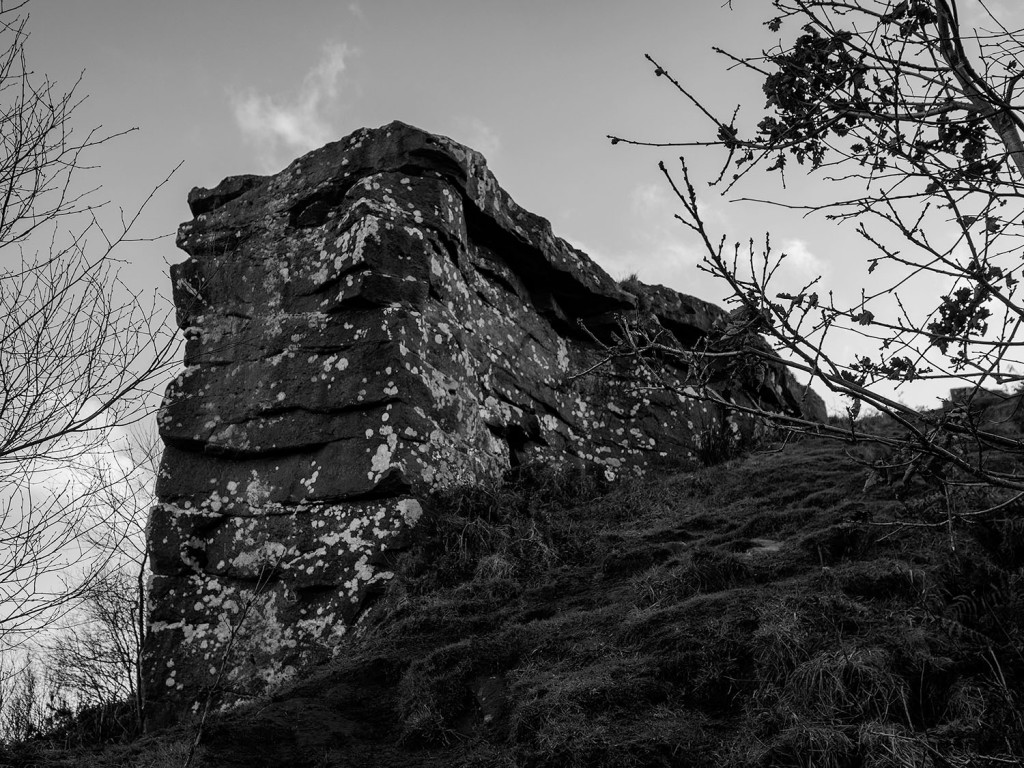
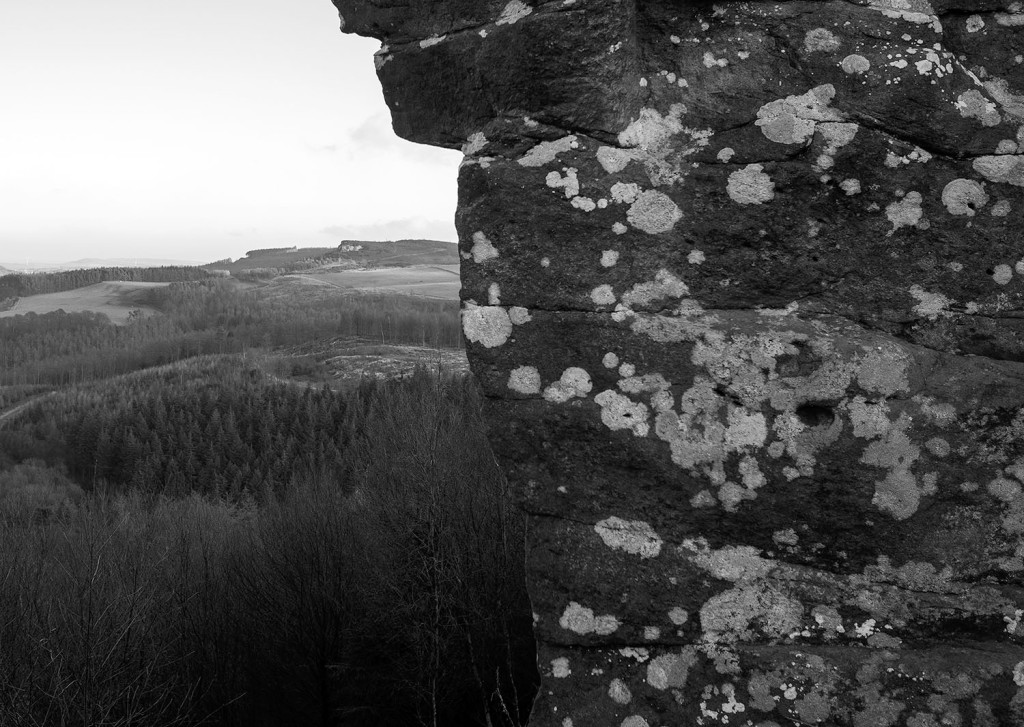
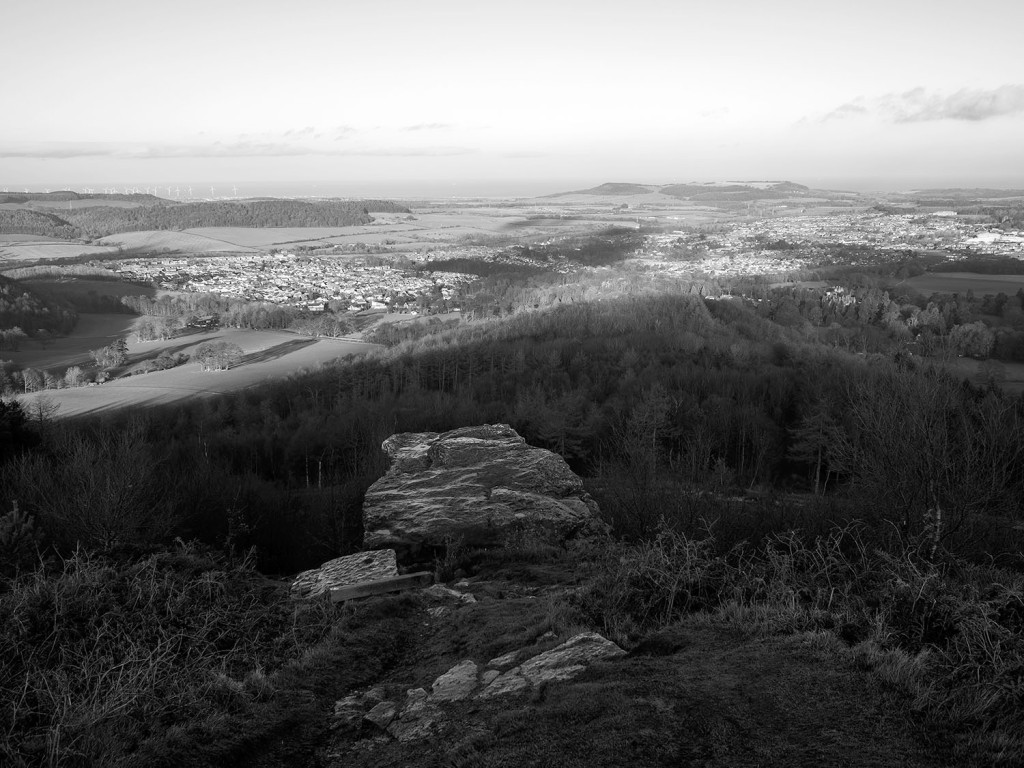
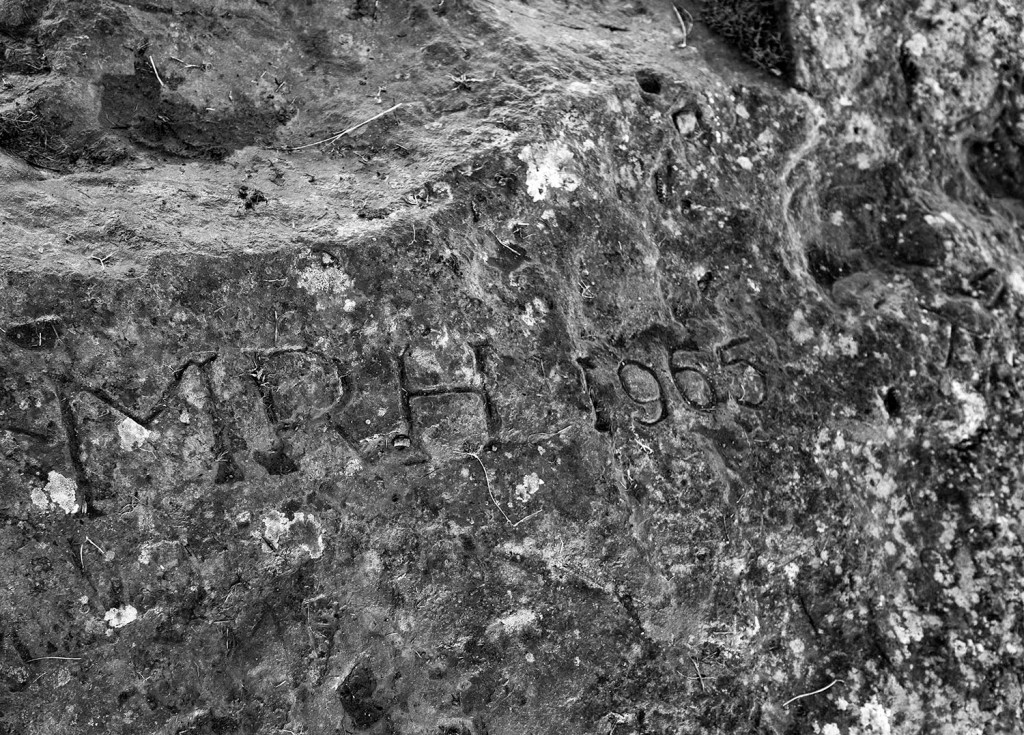
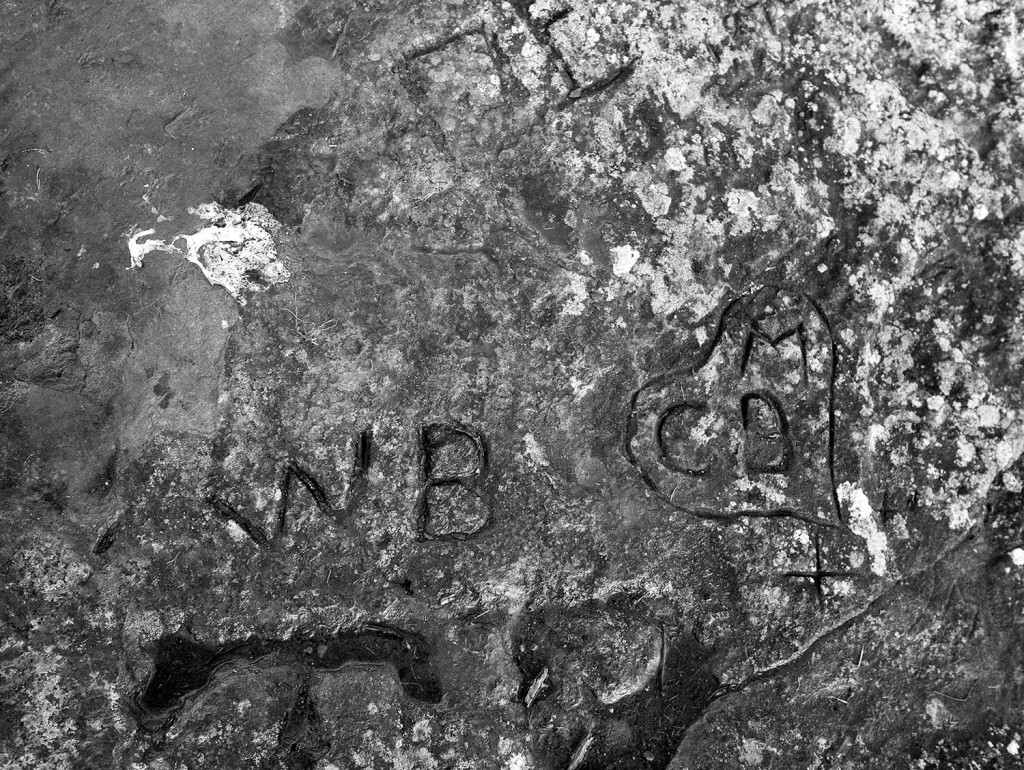
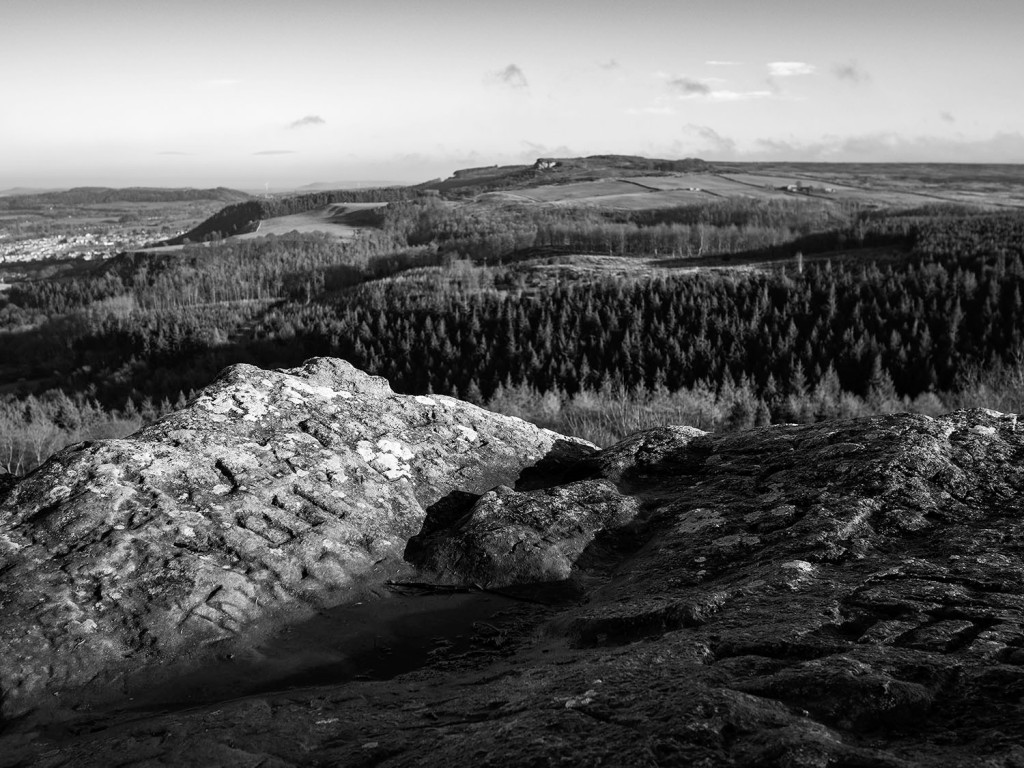
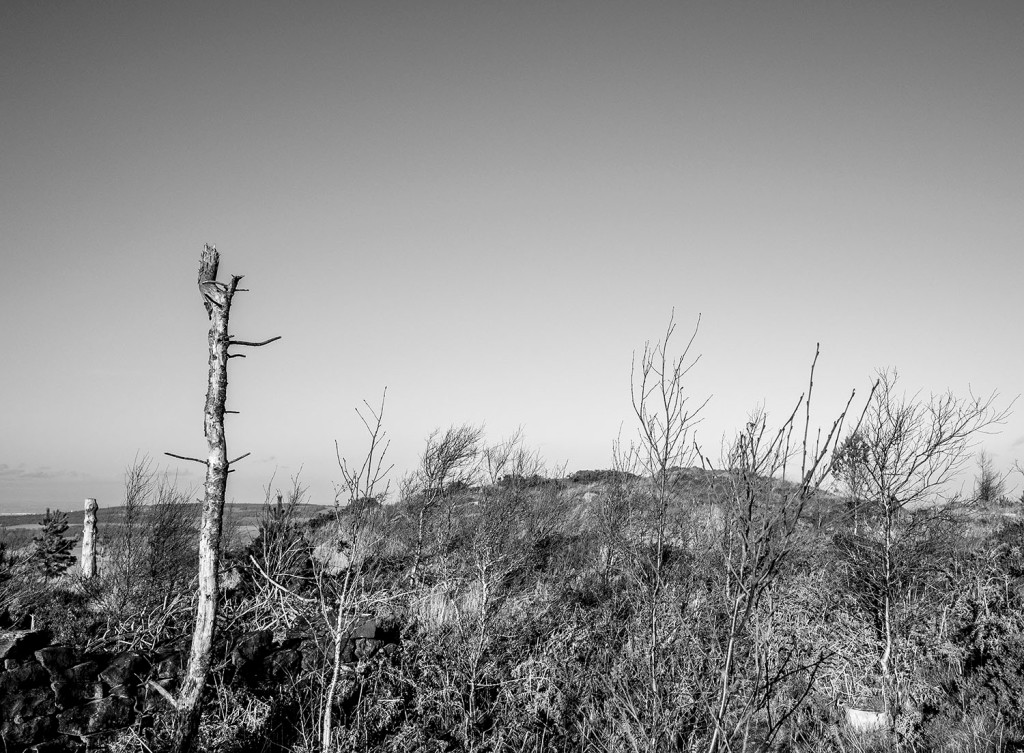
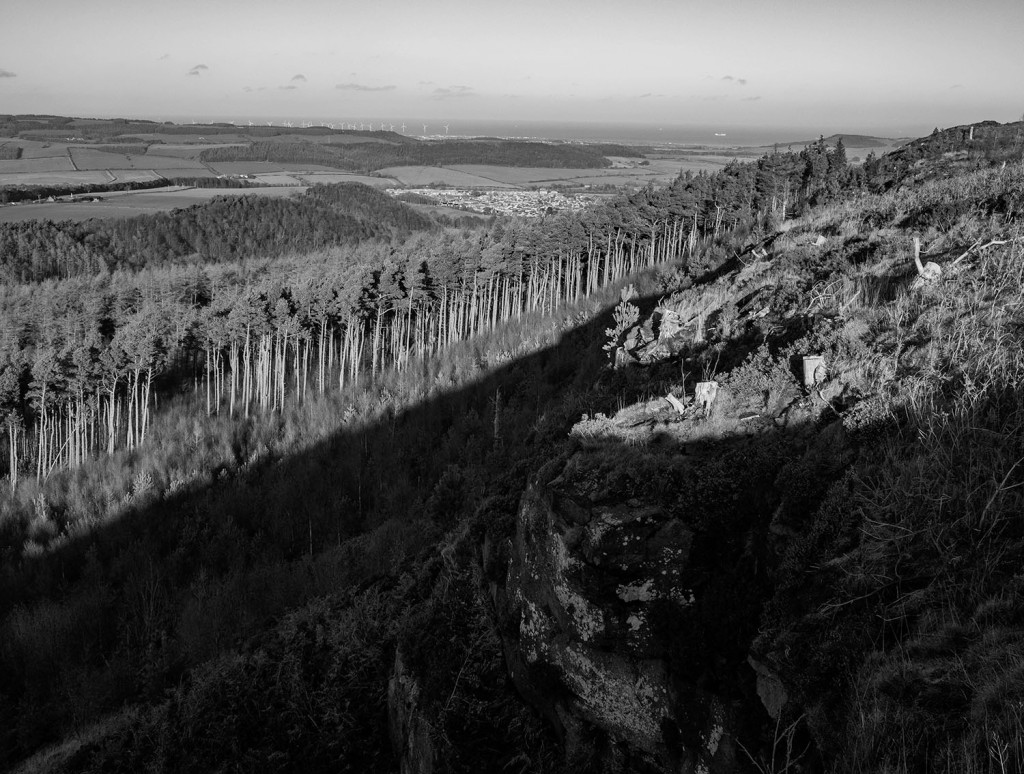
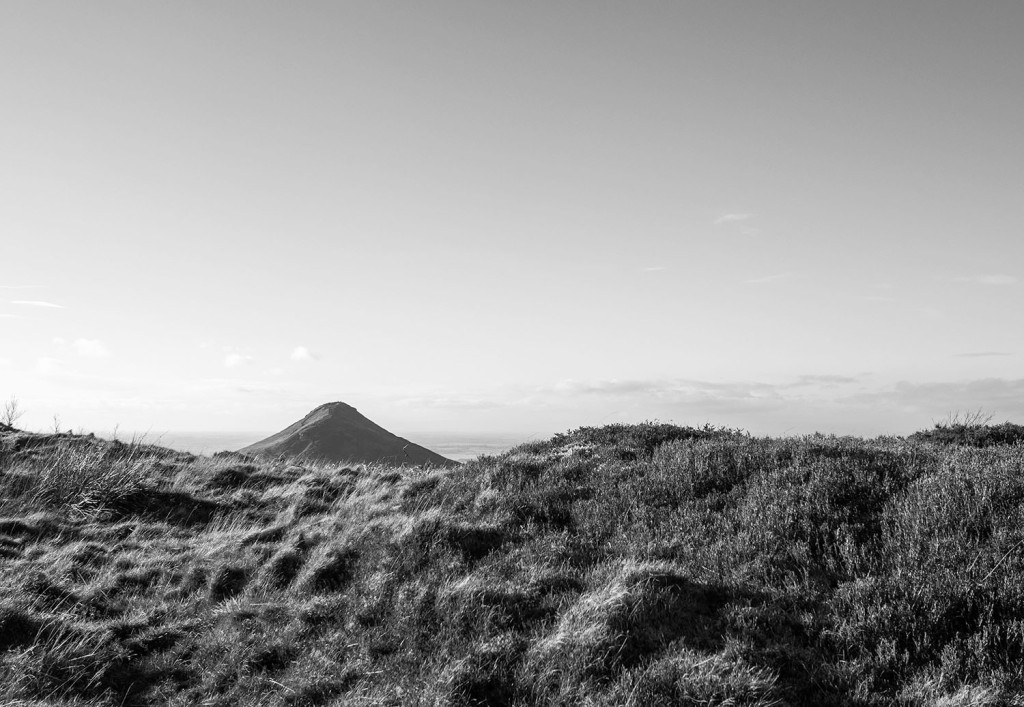
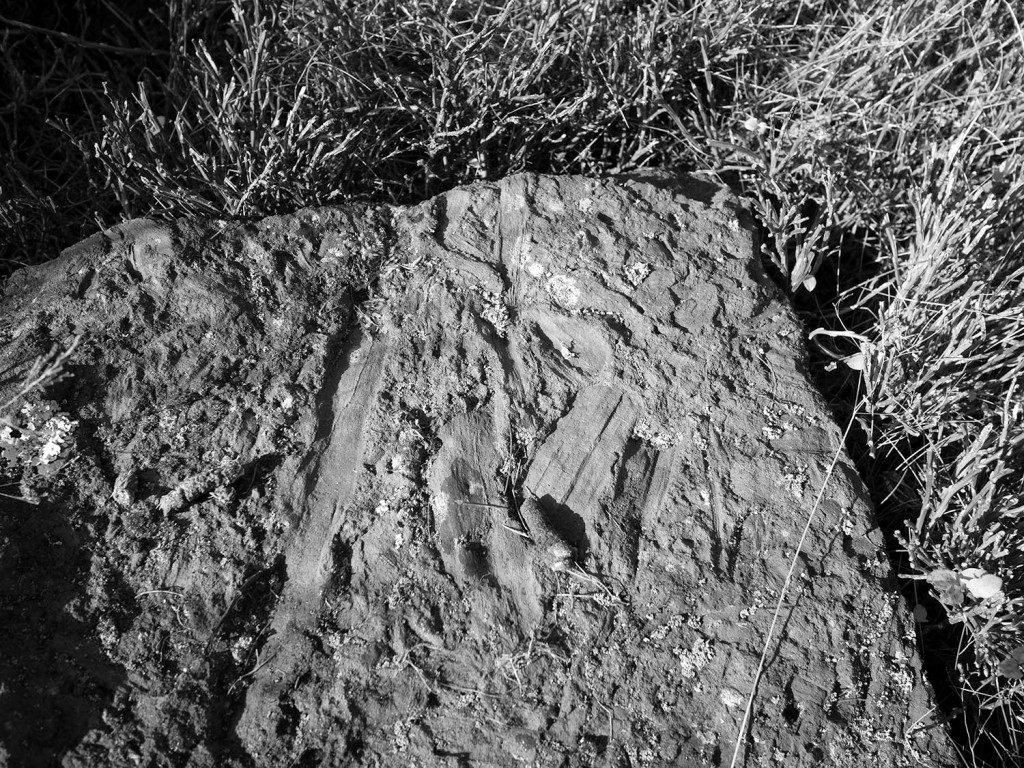
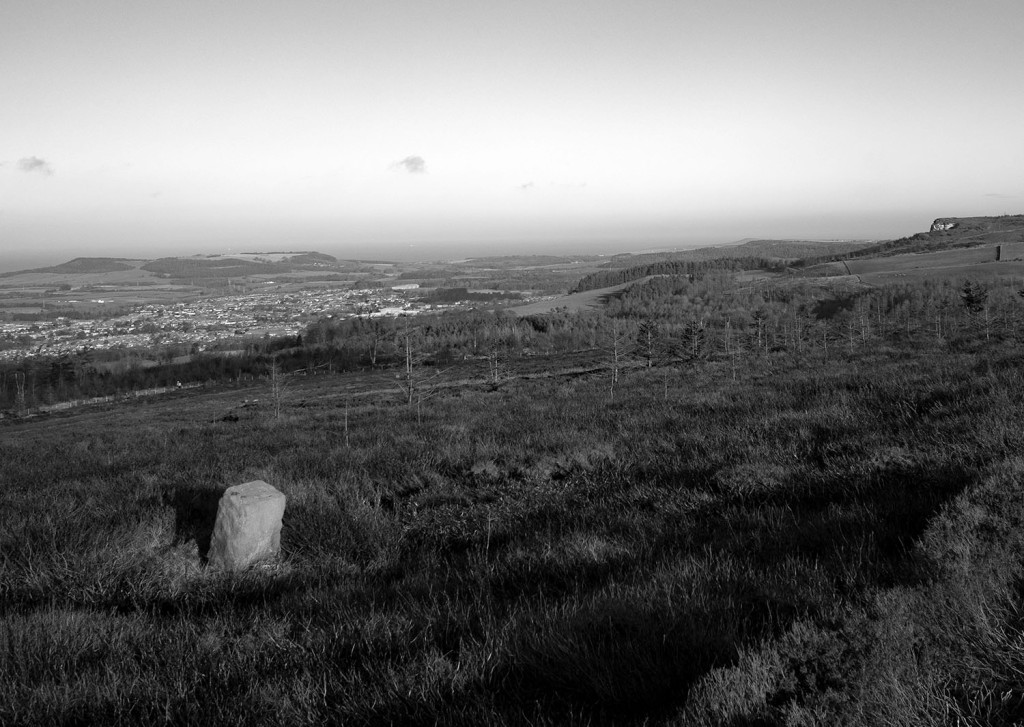
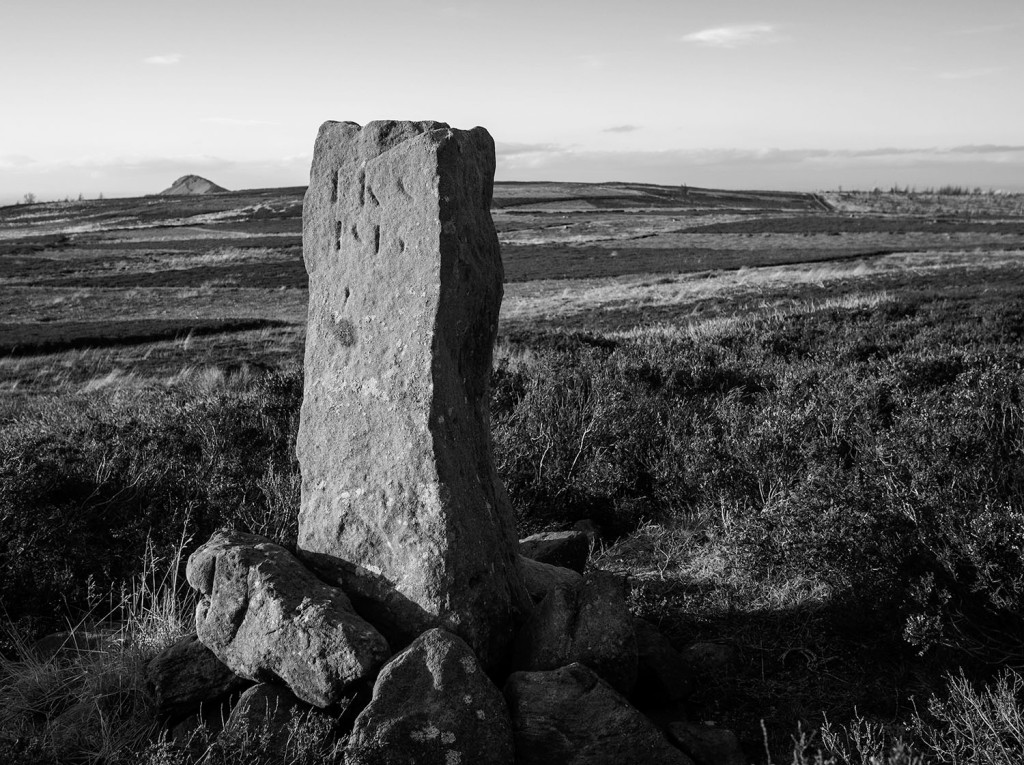
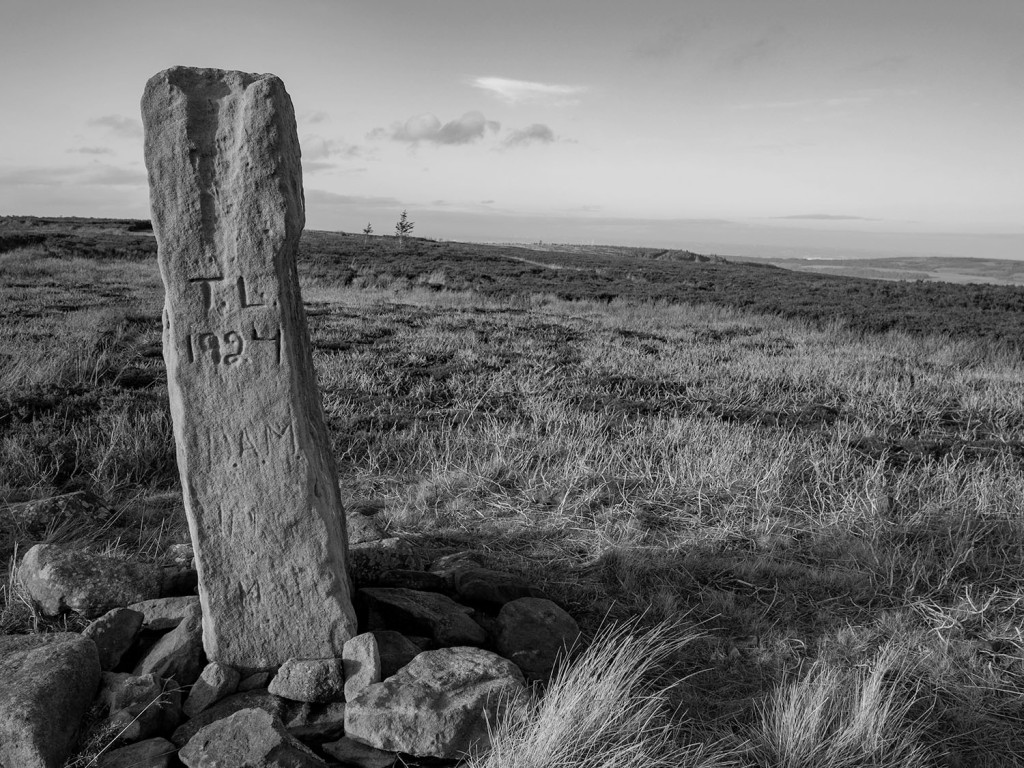
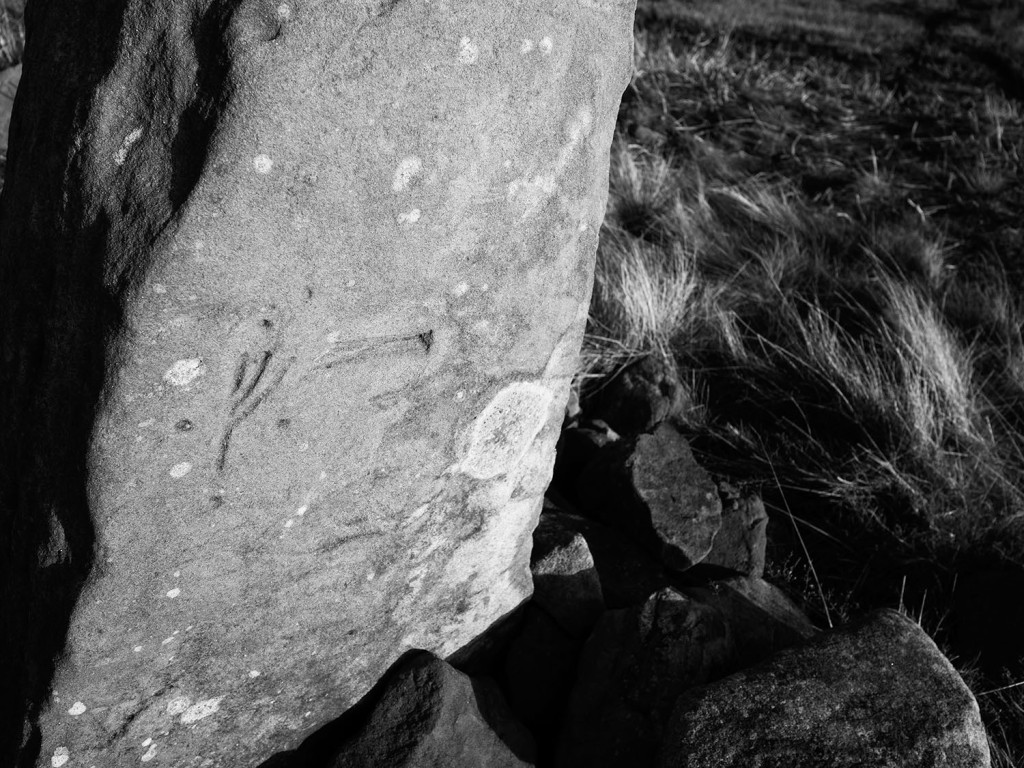
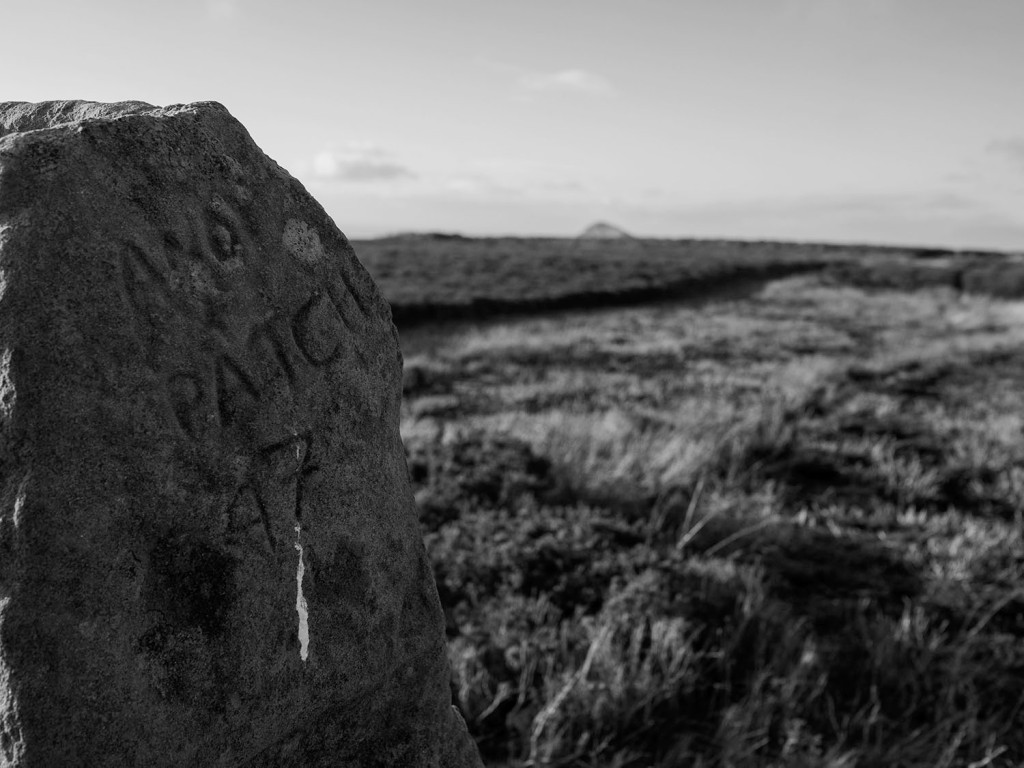
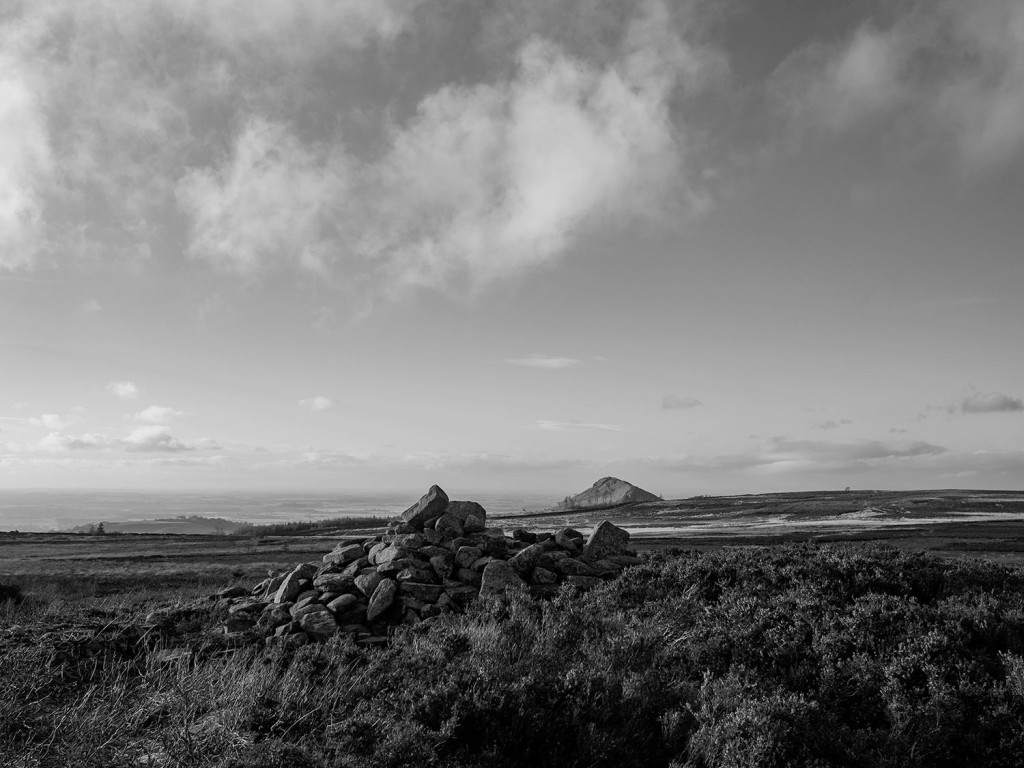
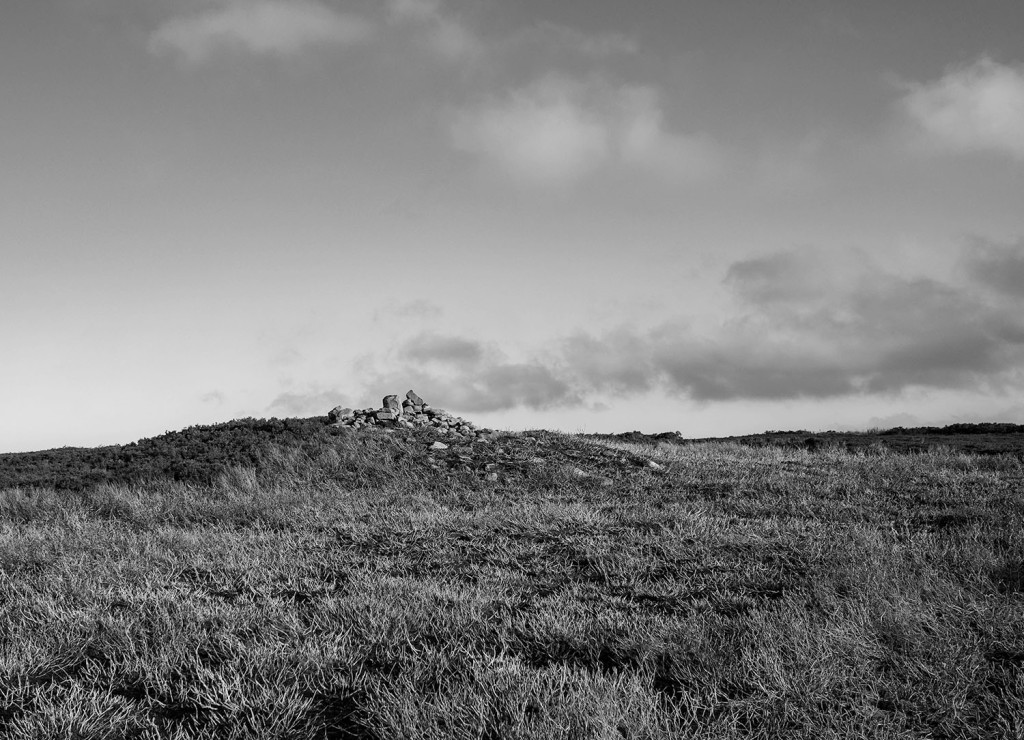
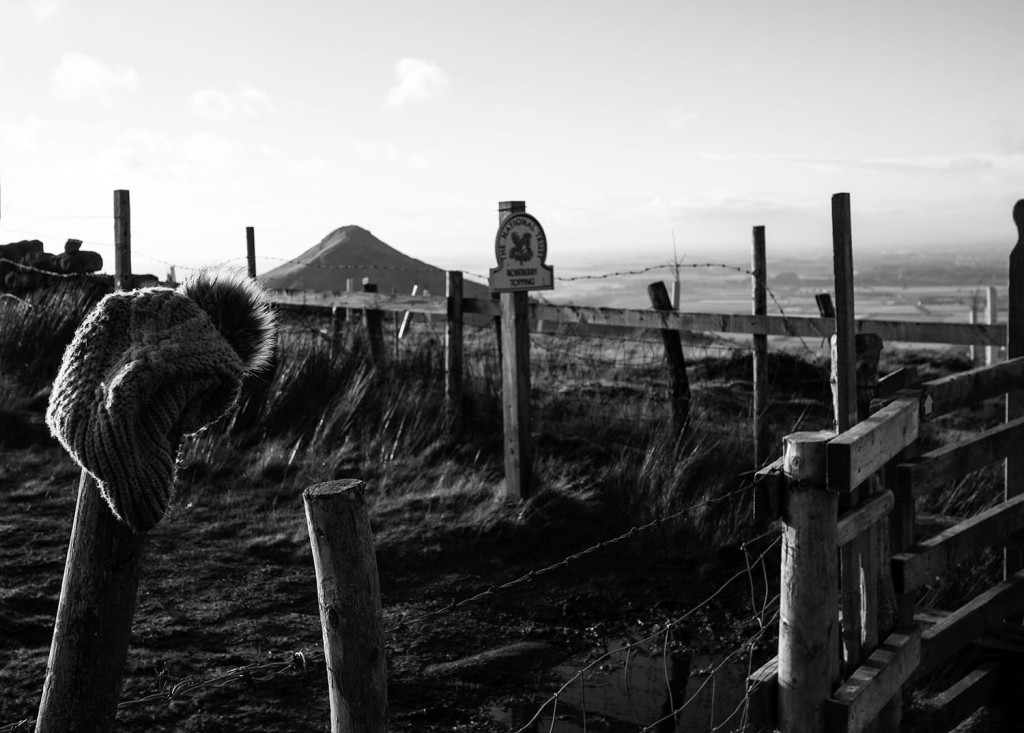
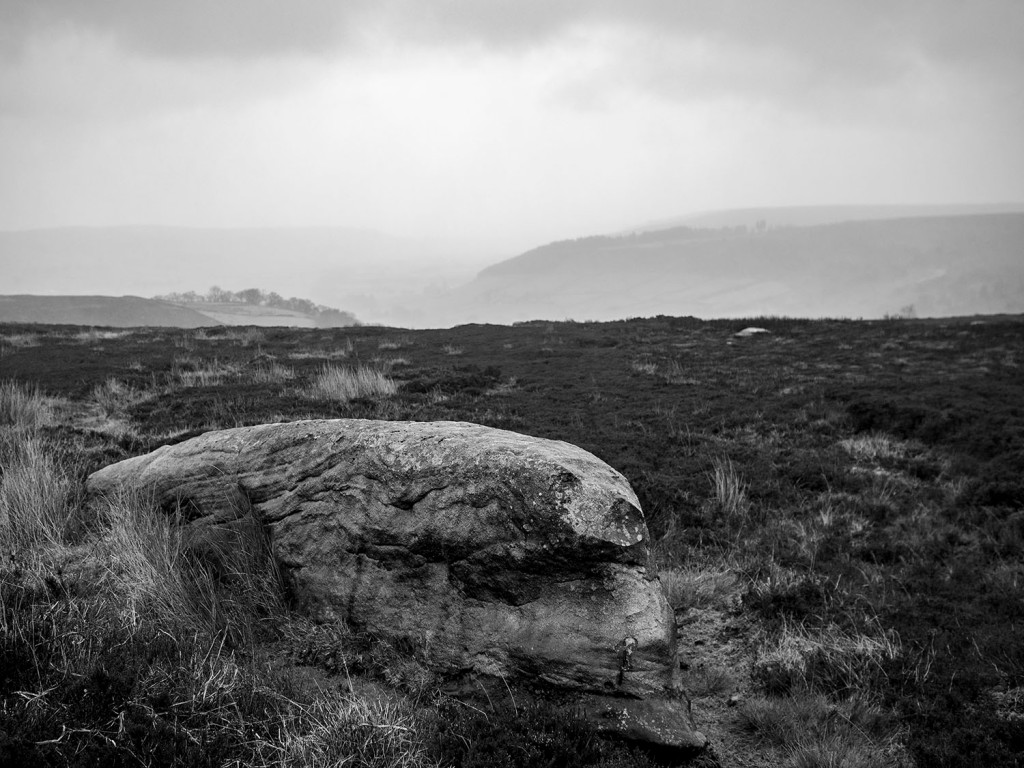
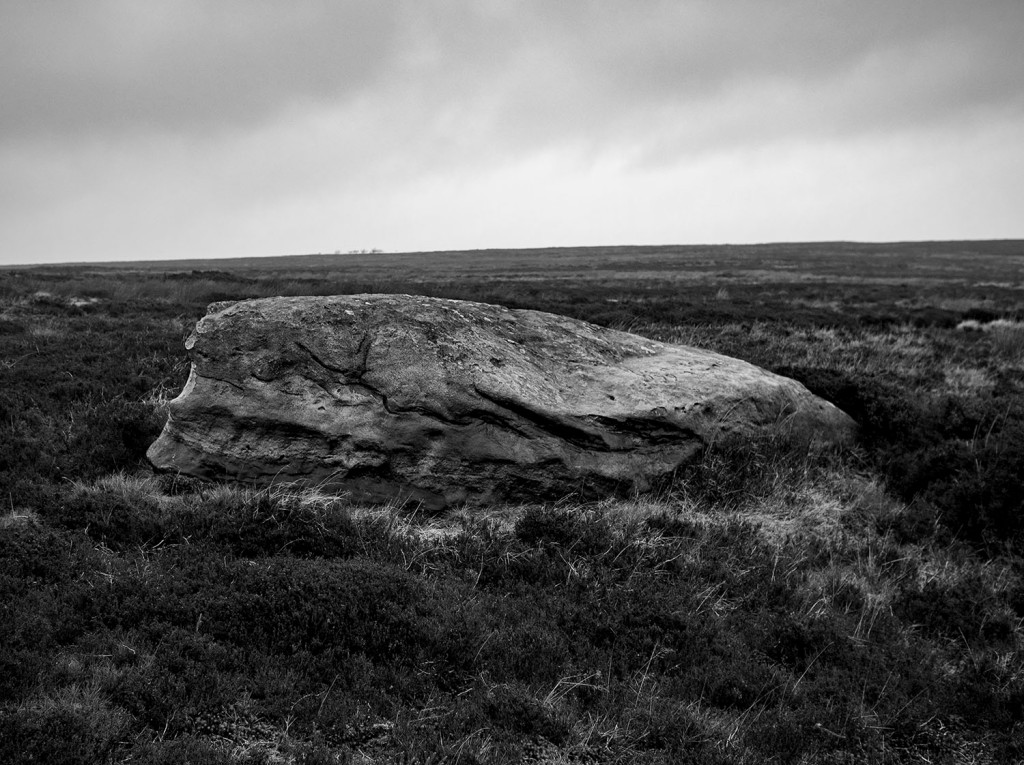
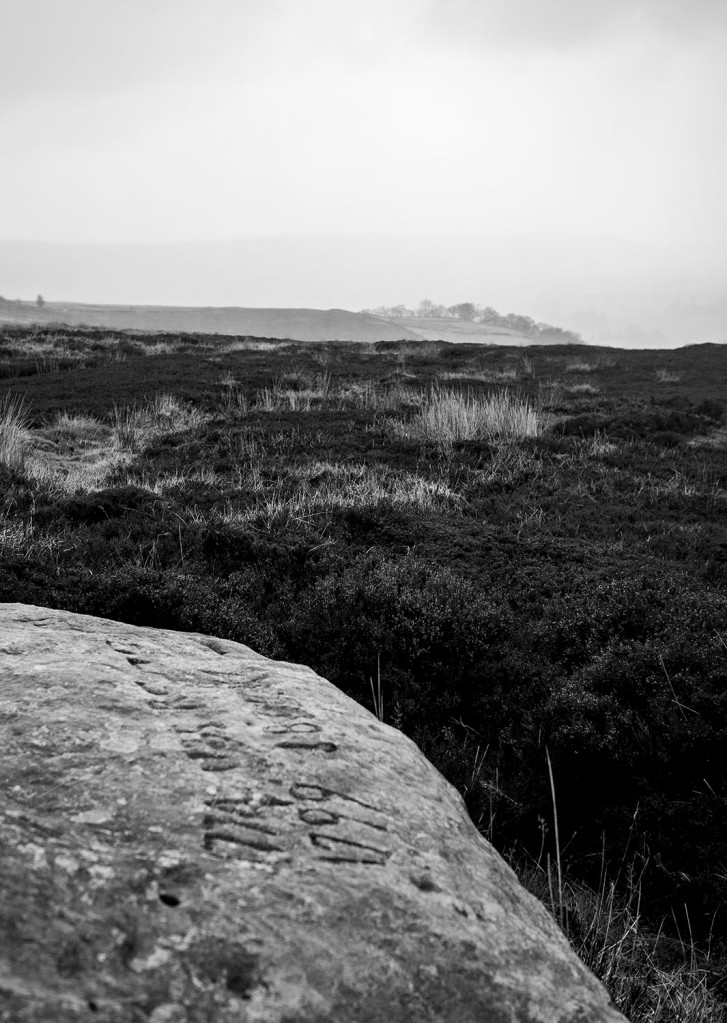
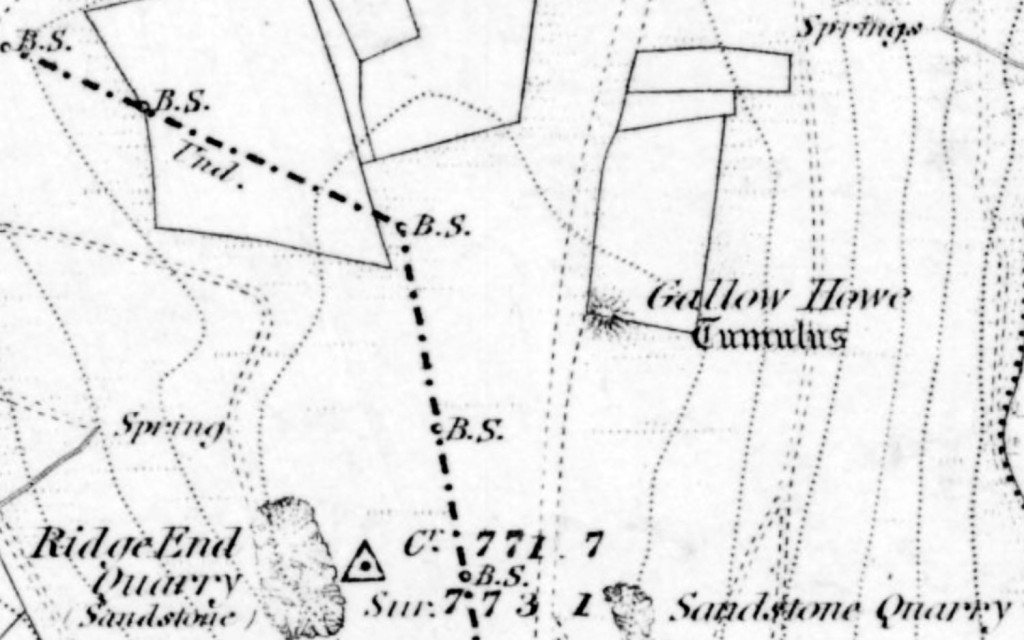
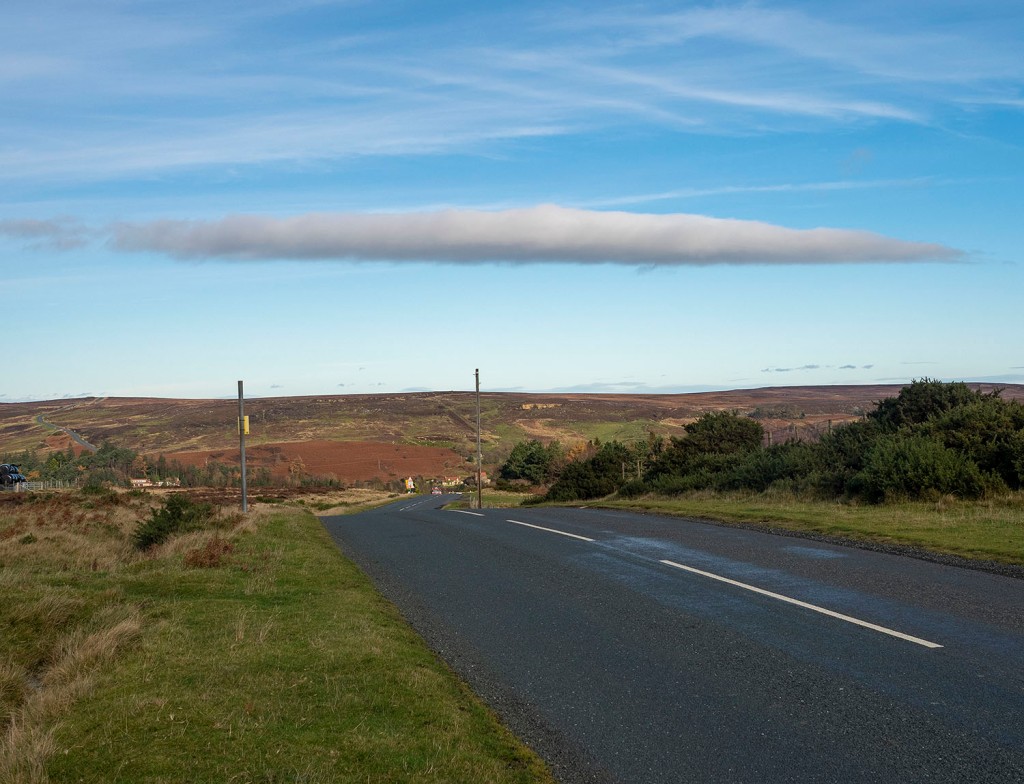
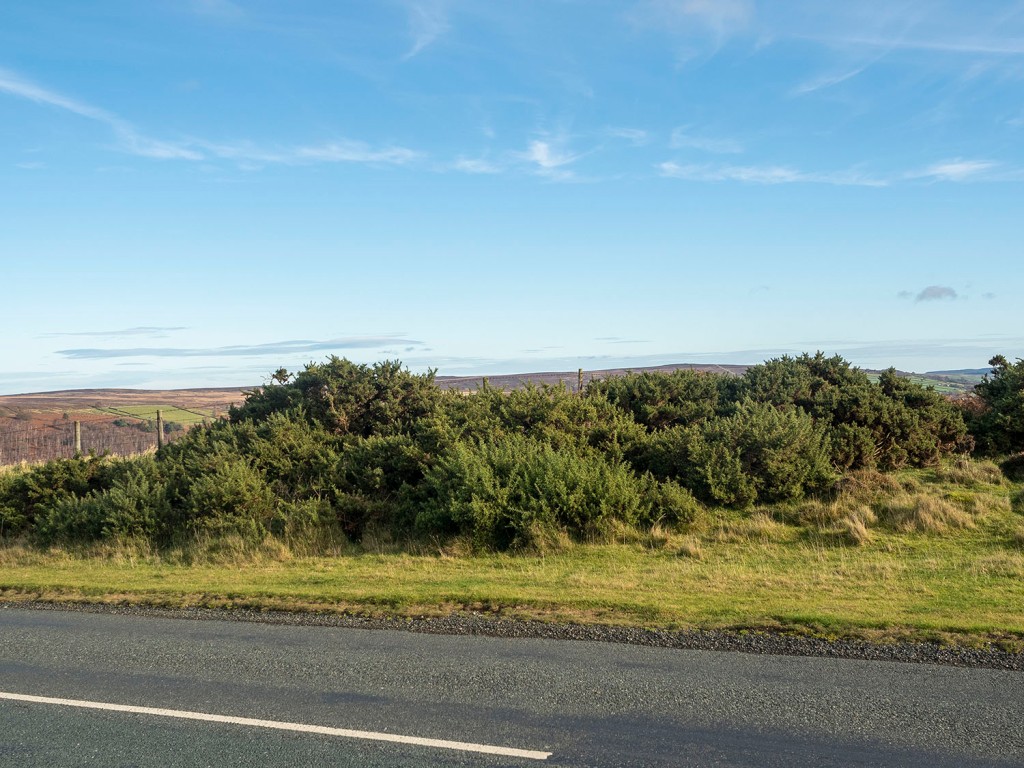
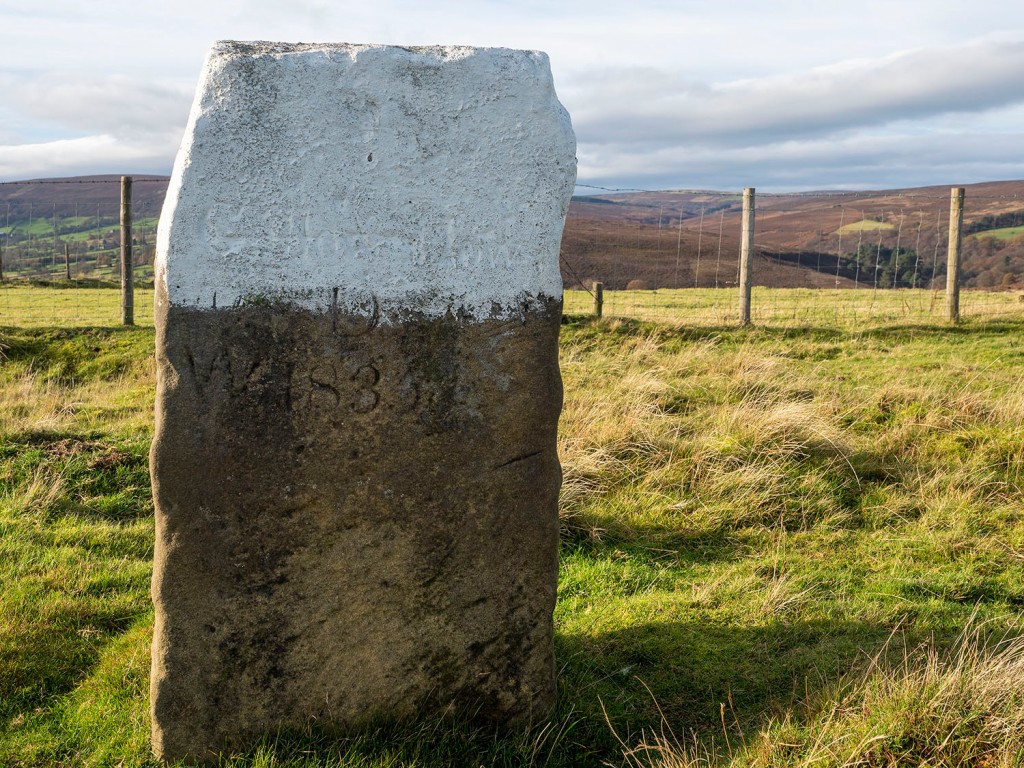
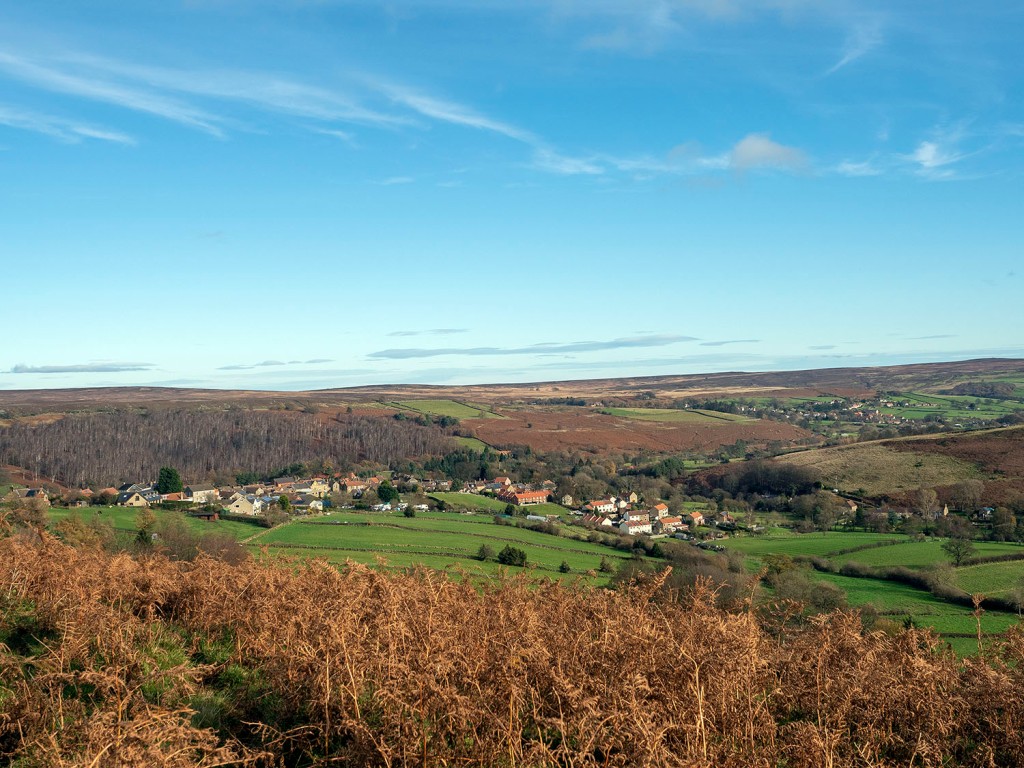
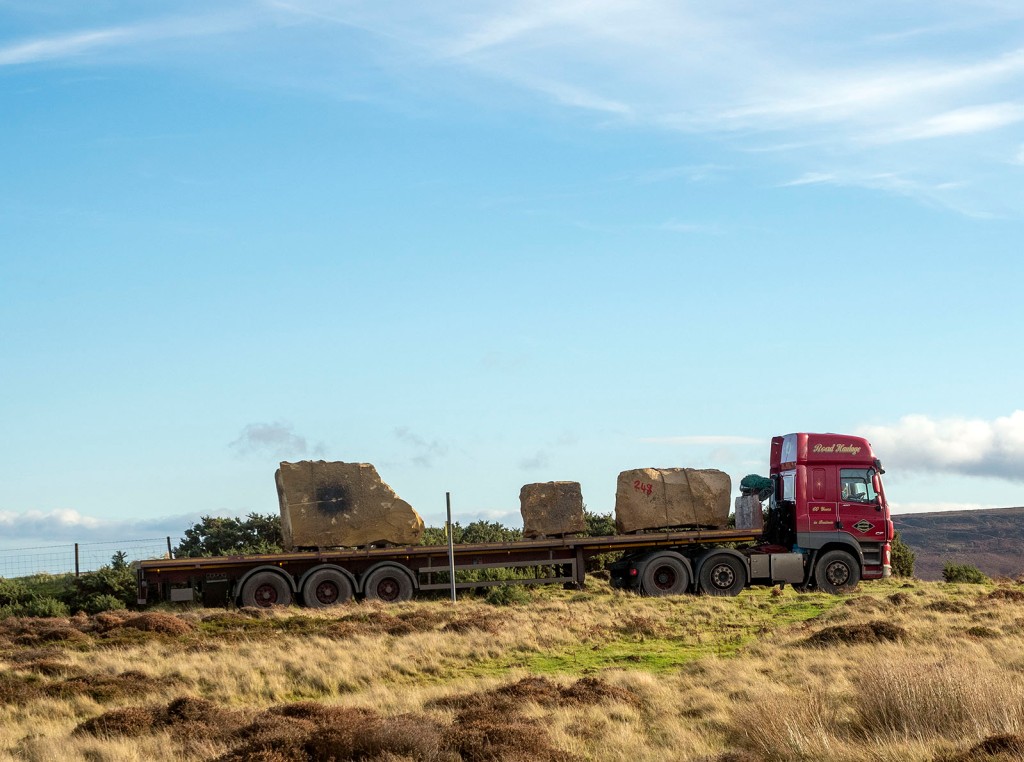
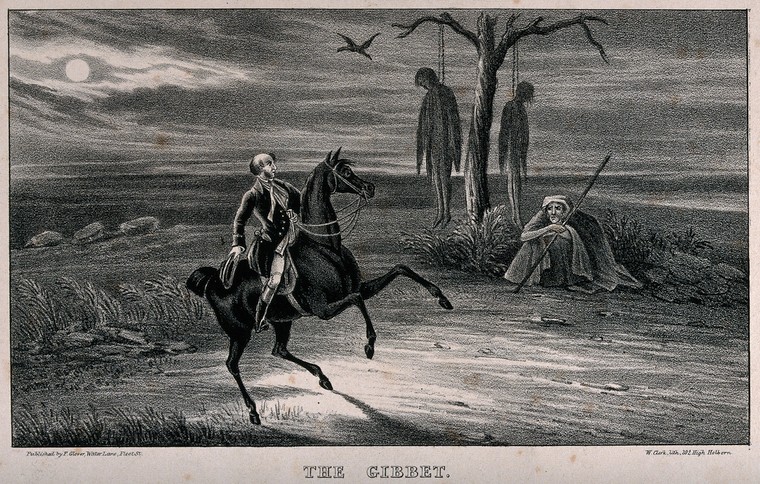
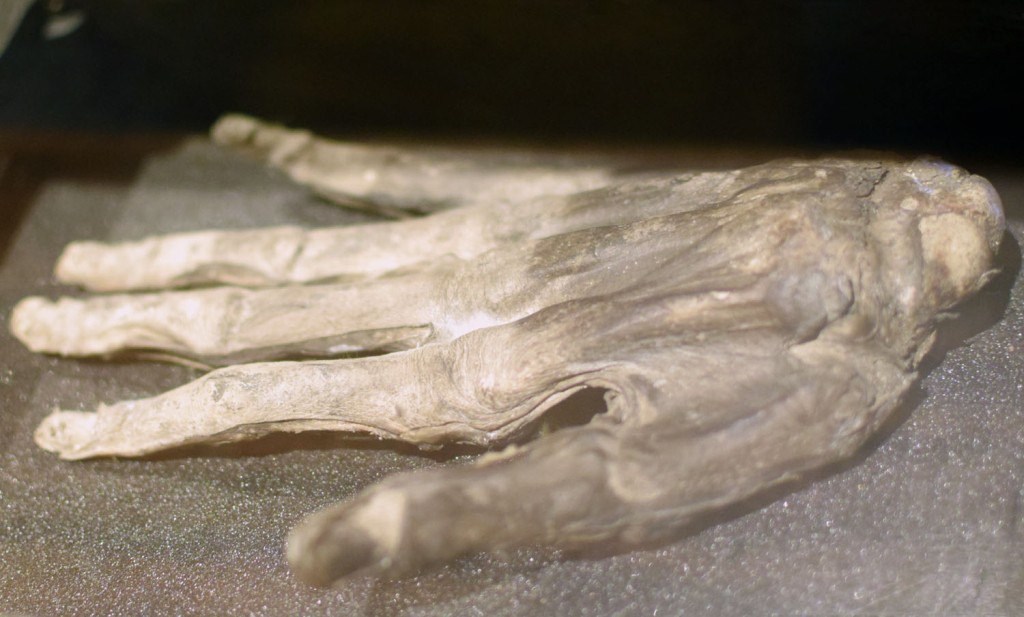
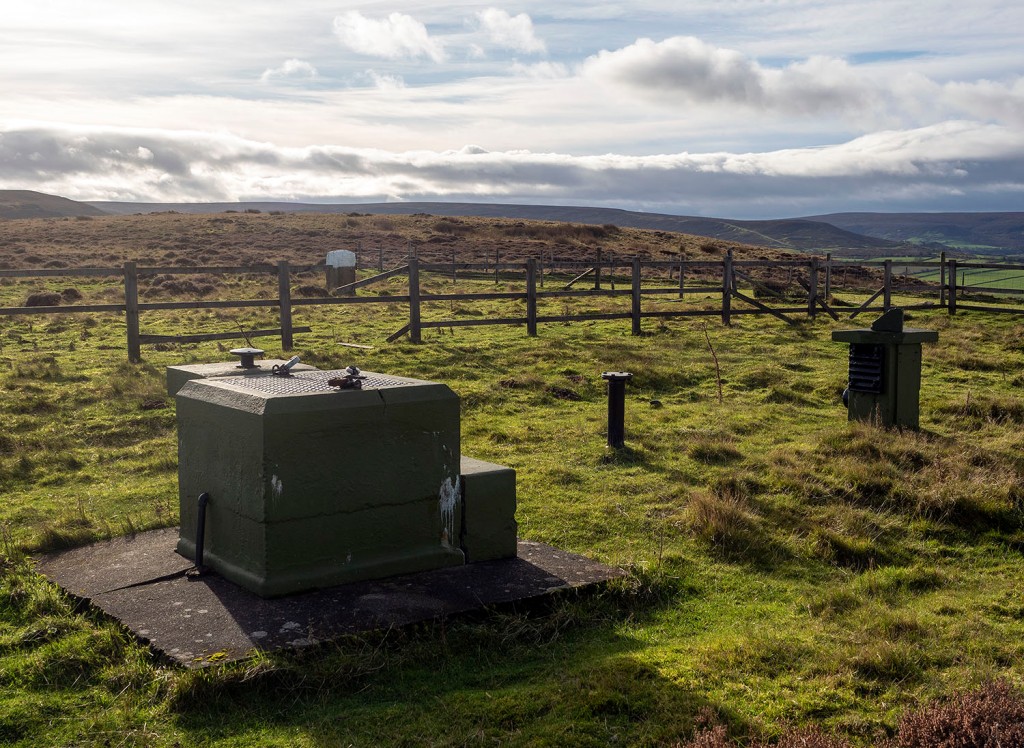









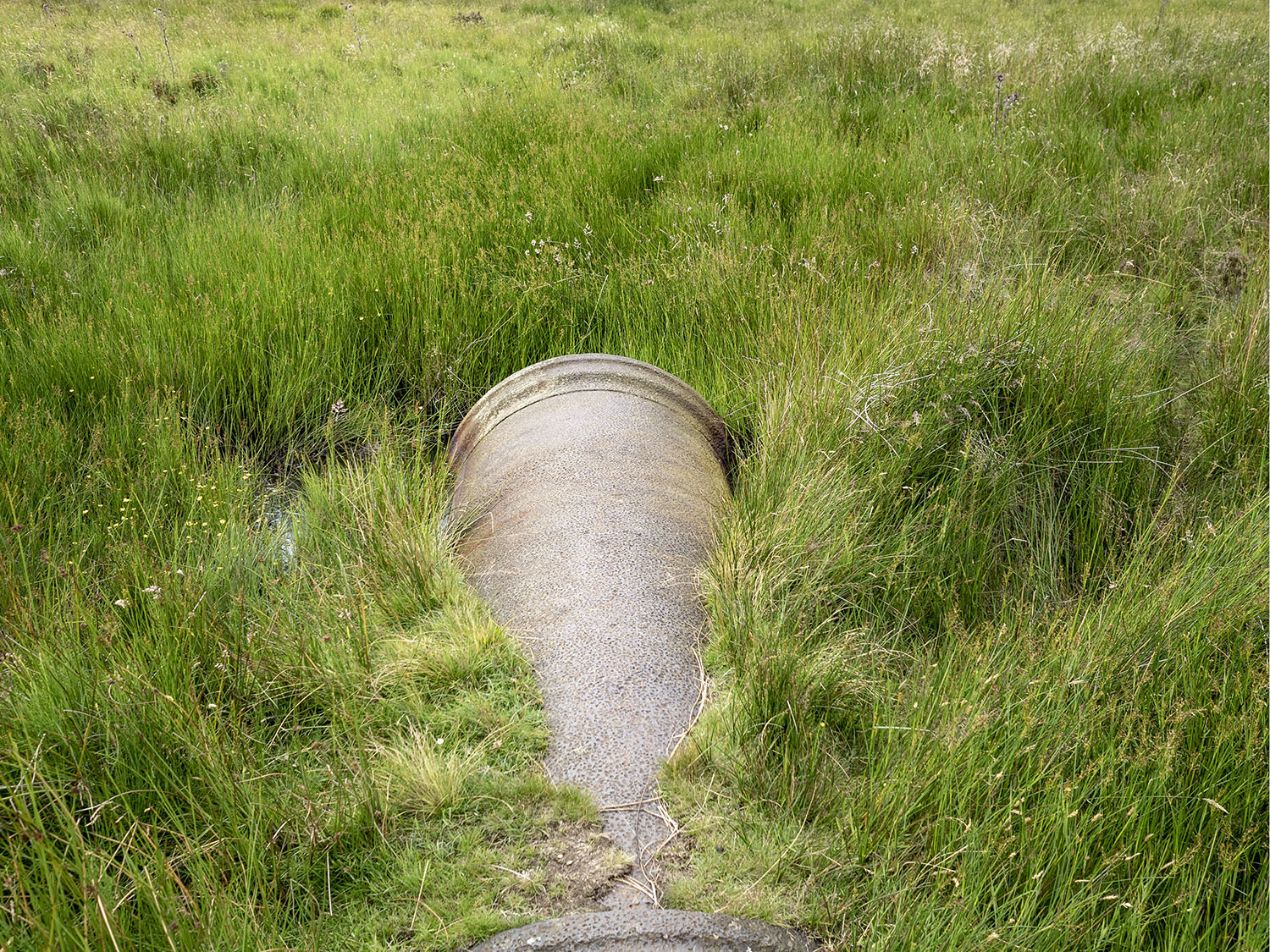


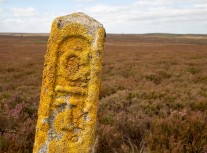
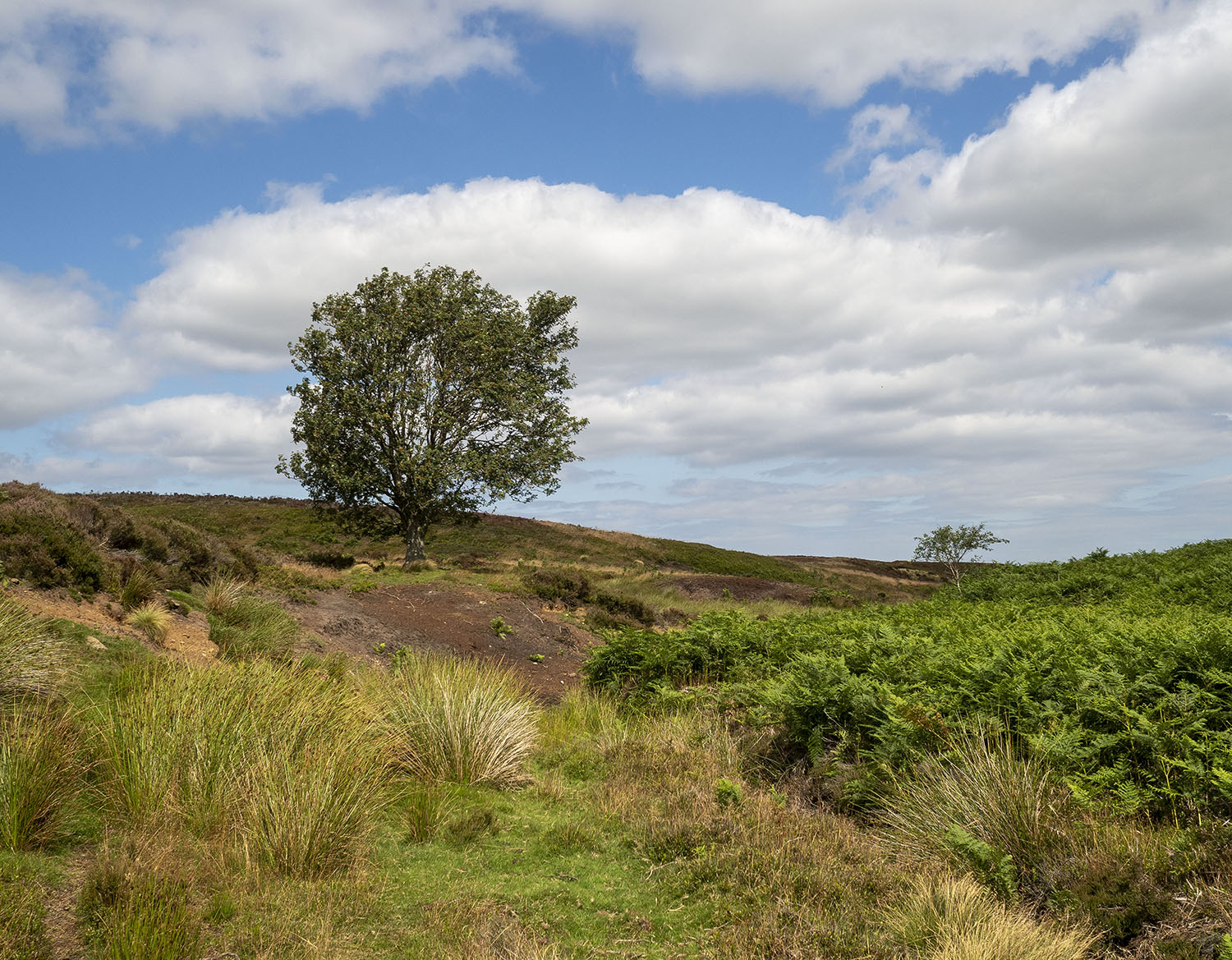
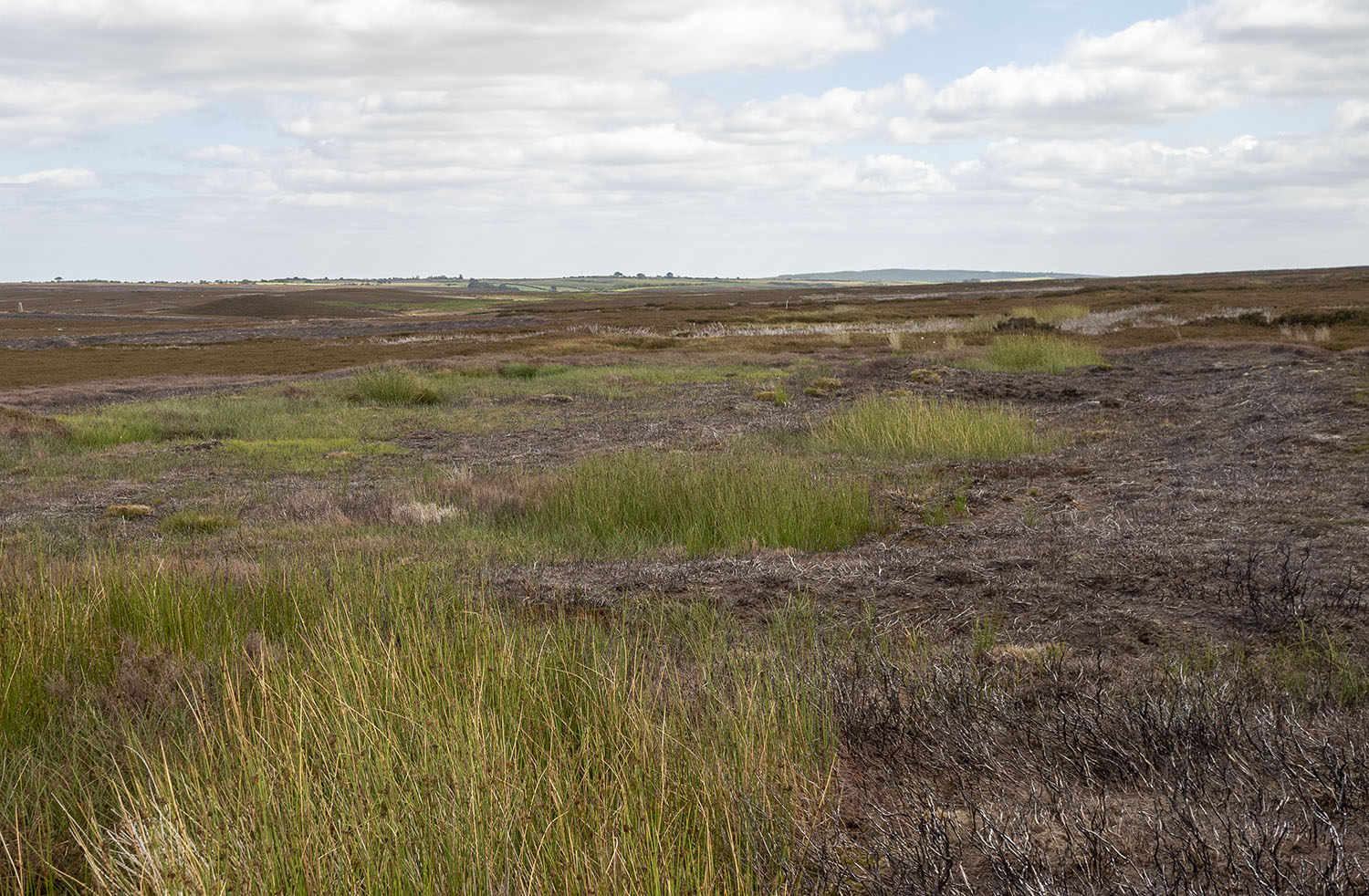
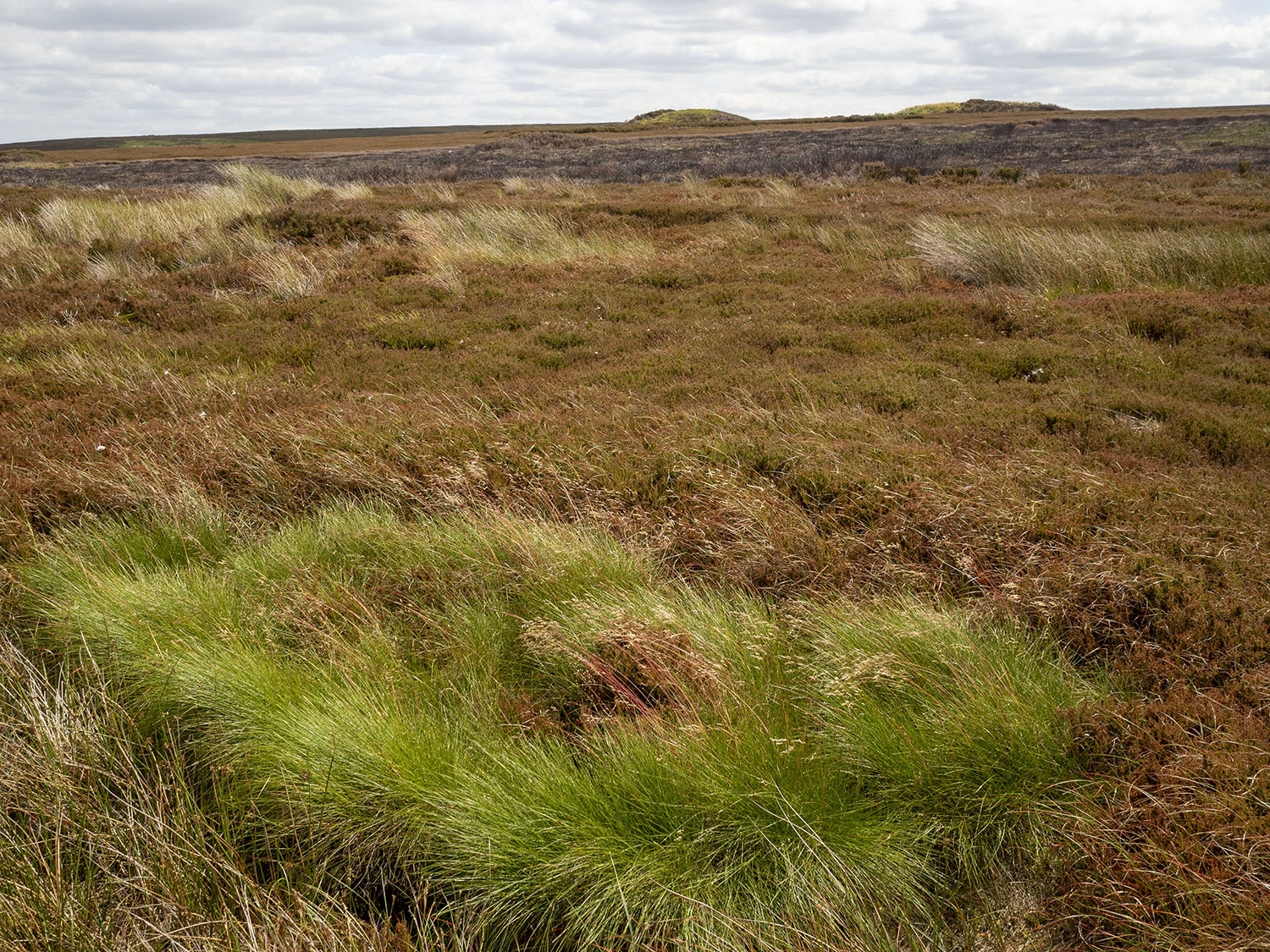
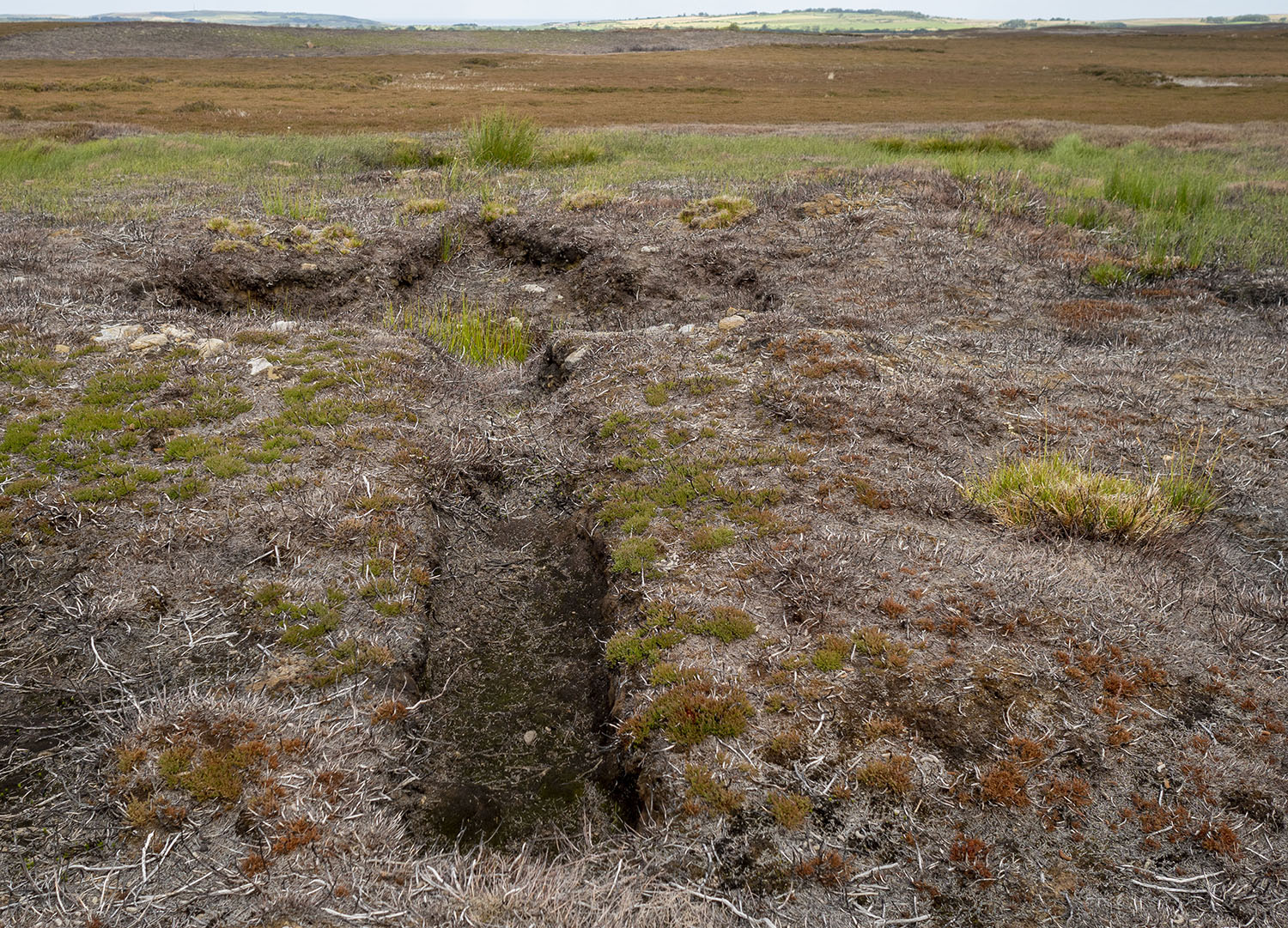

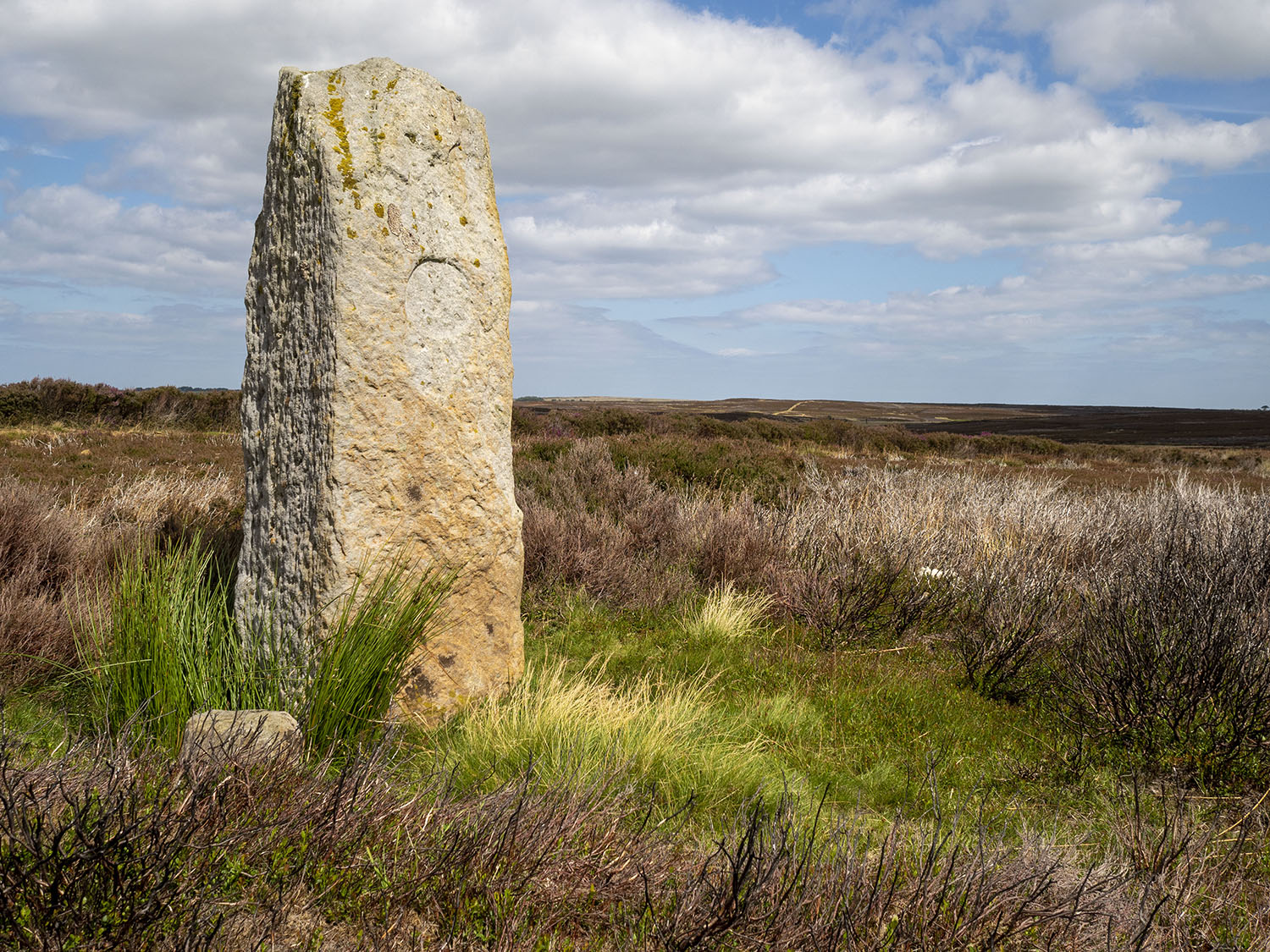
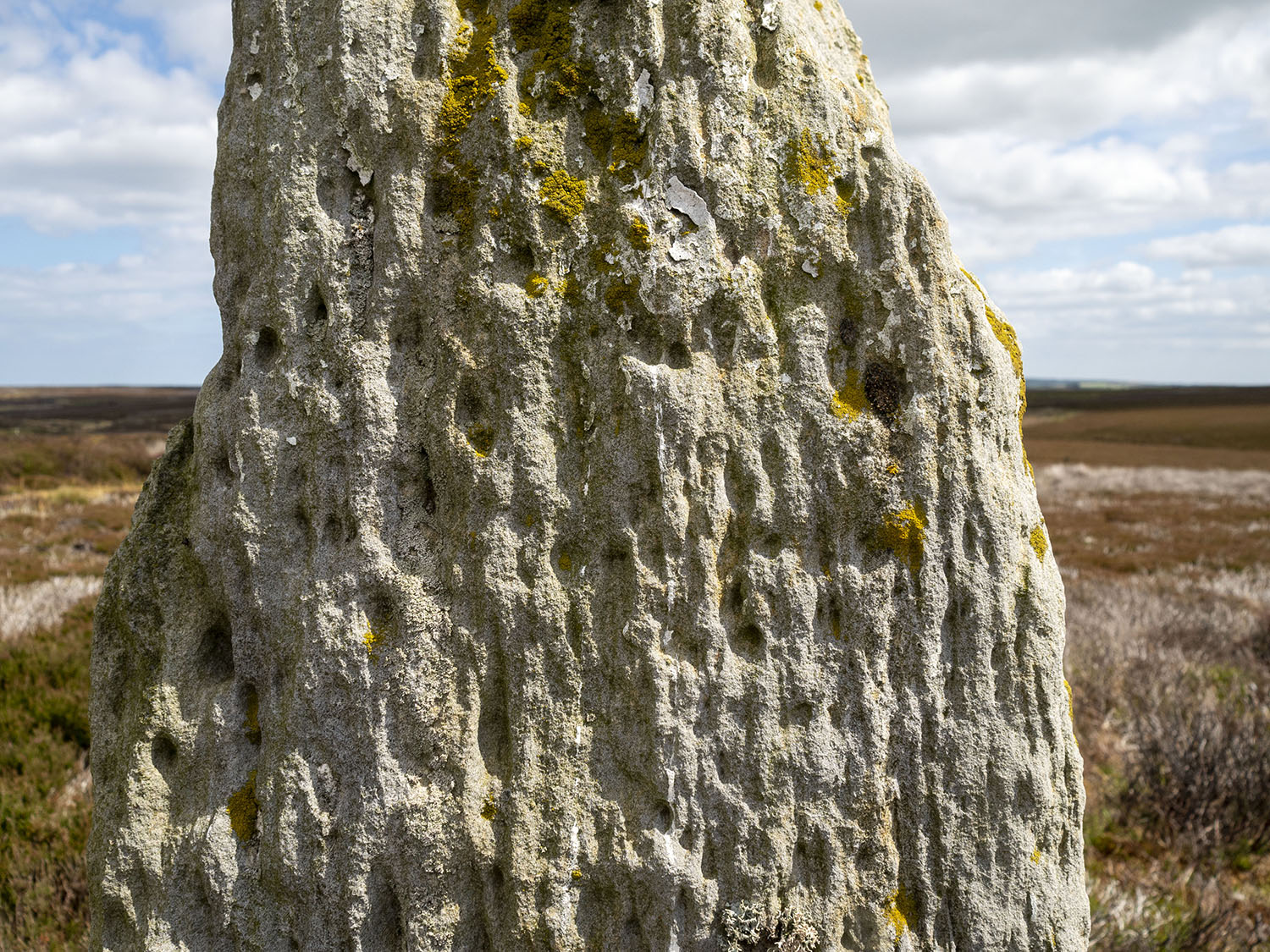






 I pass one of the two Good Goose Thorne boundary stones that can be found on the moor. The beautifully mason-lettered stone stands beside it’s ancient predecessor. The path leads me across a section of Black Dike Moor marked as Horse Flesh on the old OS maps. I then drop down to the stepping stones across Black Dike Slack and walk up onto Temple Beeld Hill.
I pass one of the two Good Goose Thorne boundary stones that can be found on the moor. The beautifully mason-lettered stone stands beside it’s ancient predecessor. The path leads me across a section of Black Dike Moor marked as Horse Flesh on the old OS maps. I then drop down to the stepping stones across Black Dike Slack and walk up onto Temple Beeld Hill.





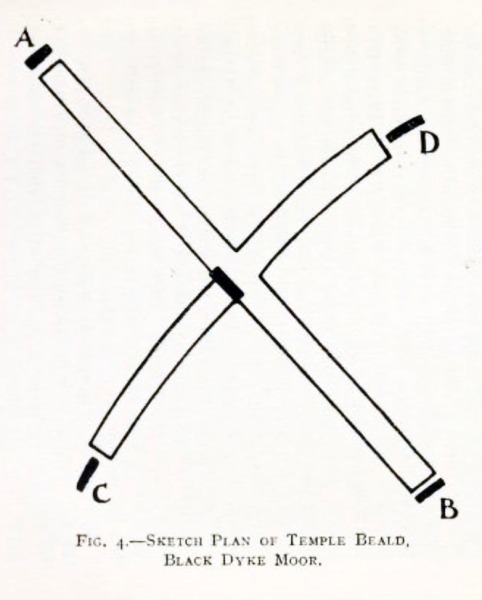





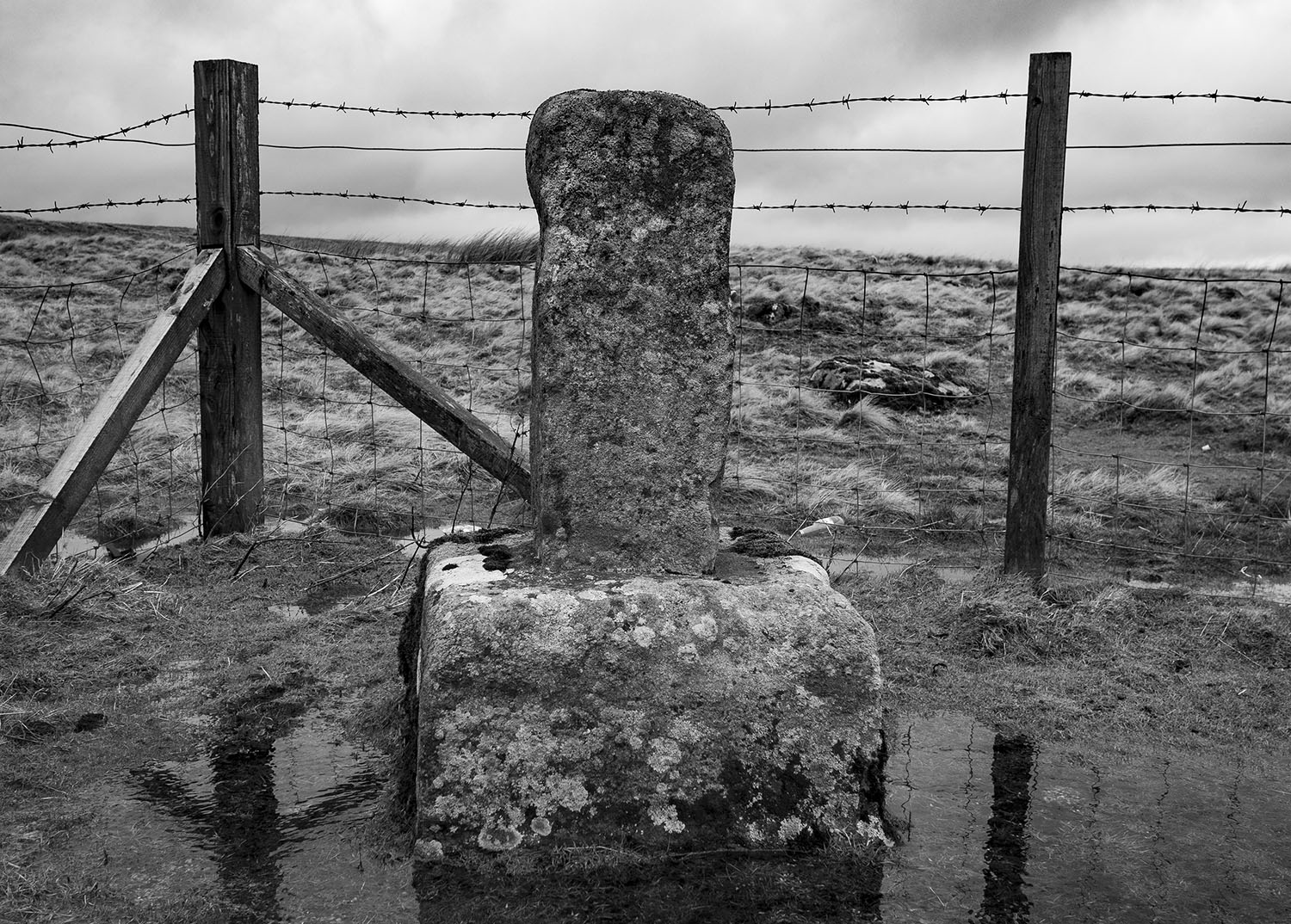
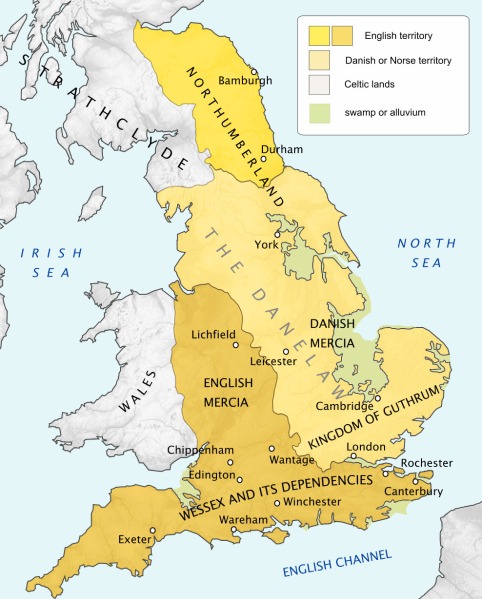
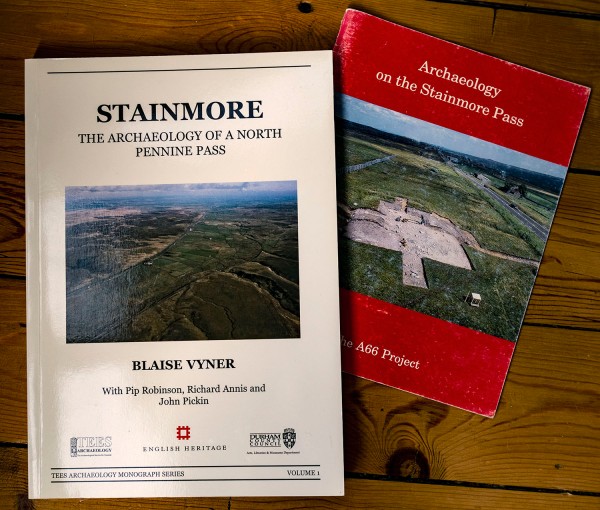
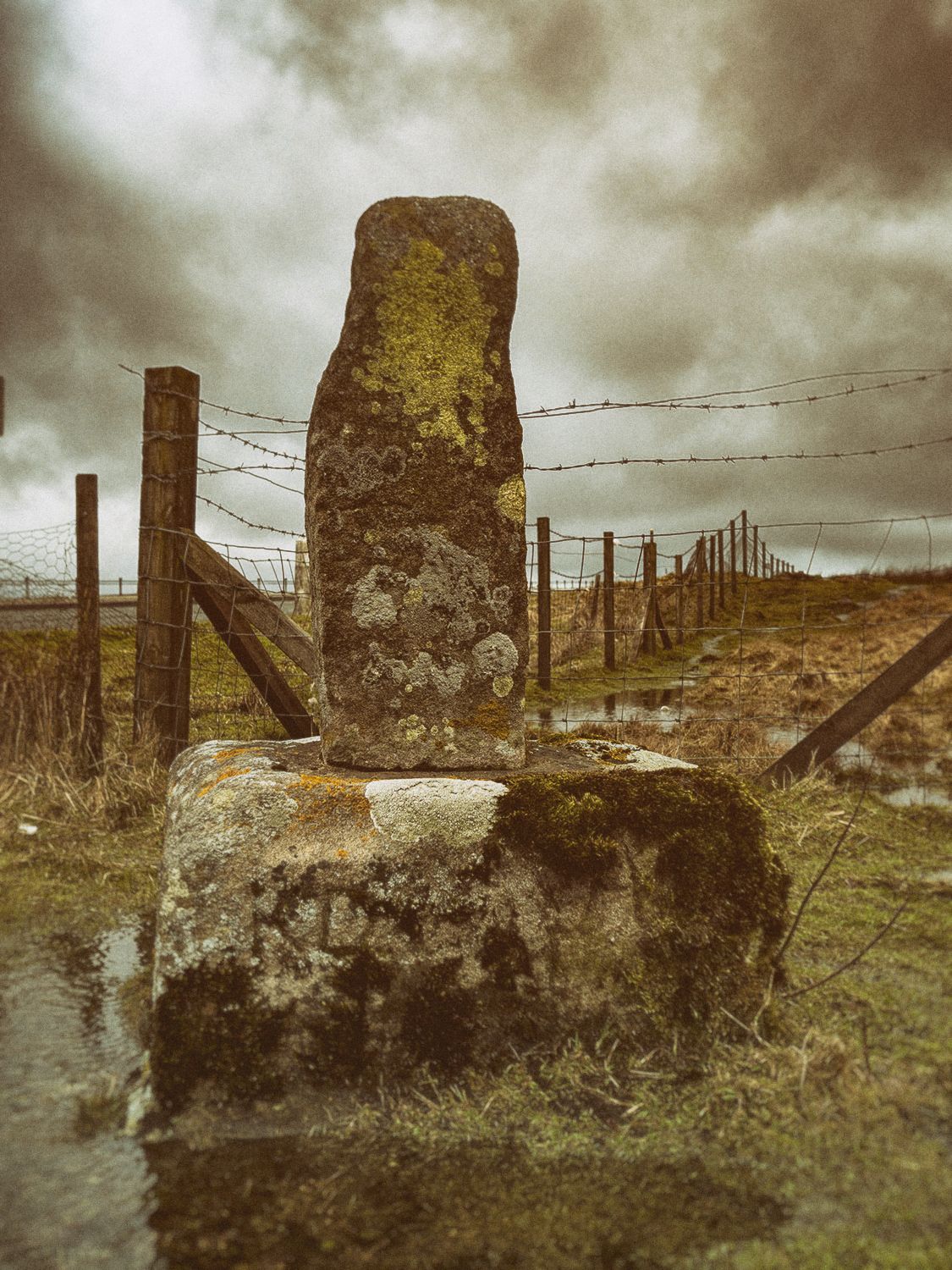
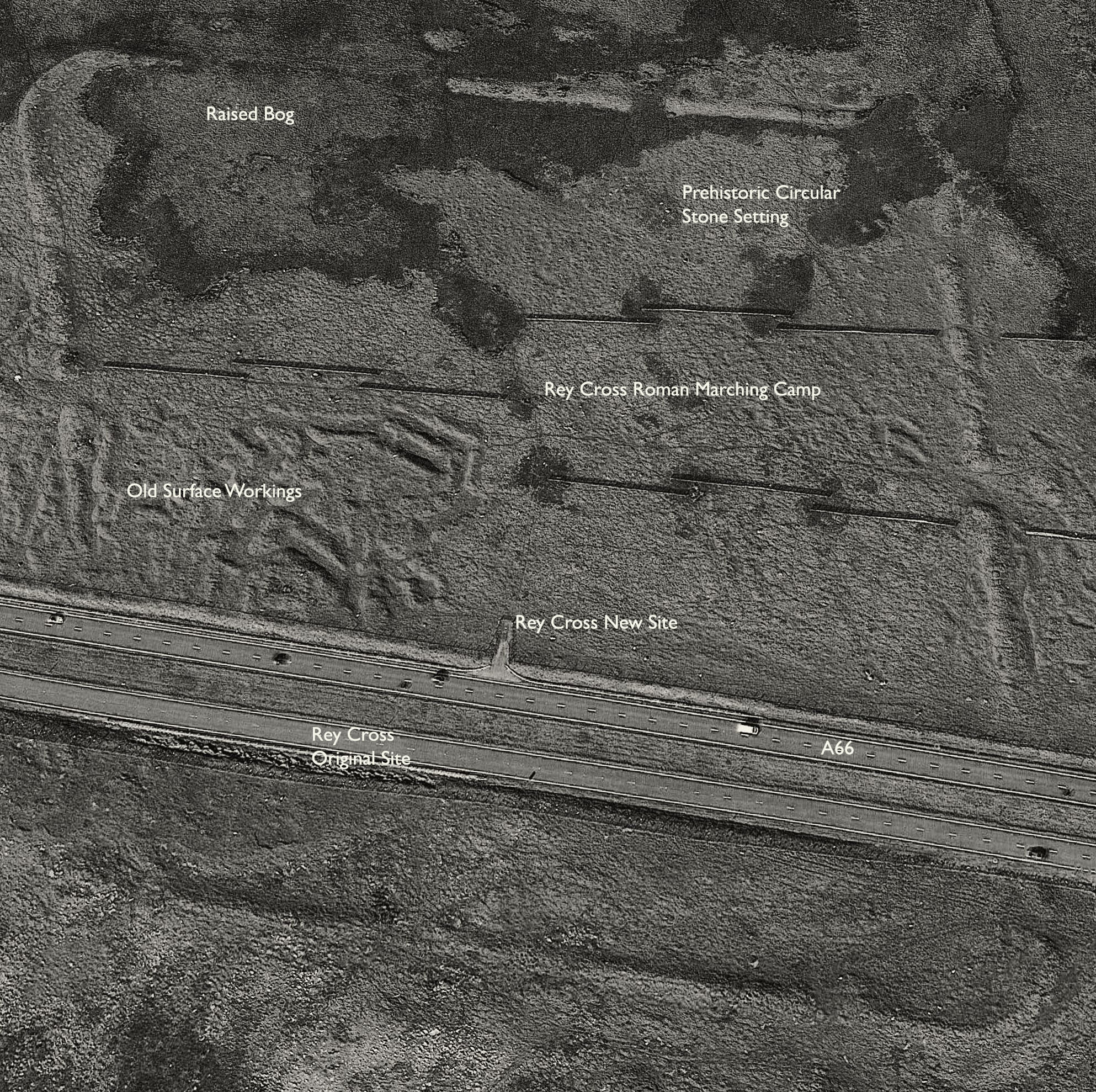
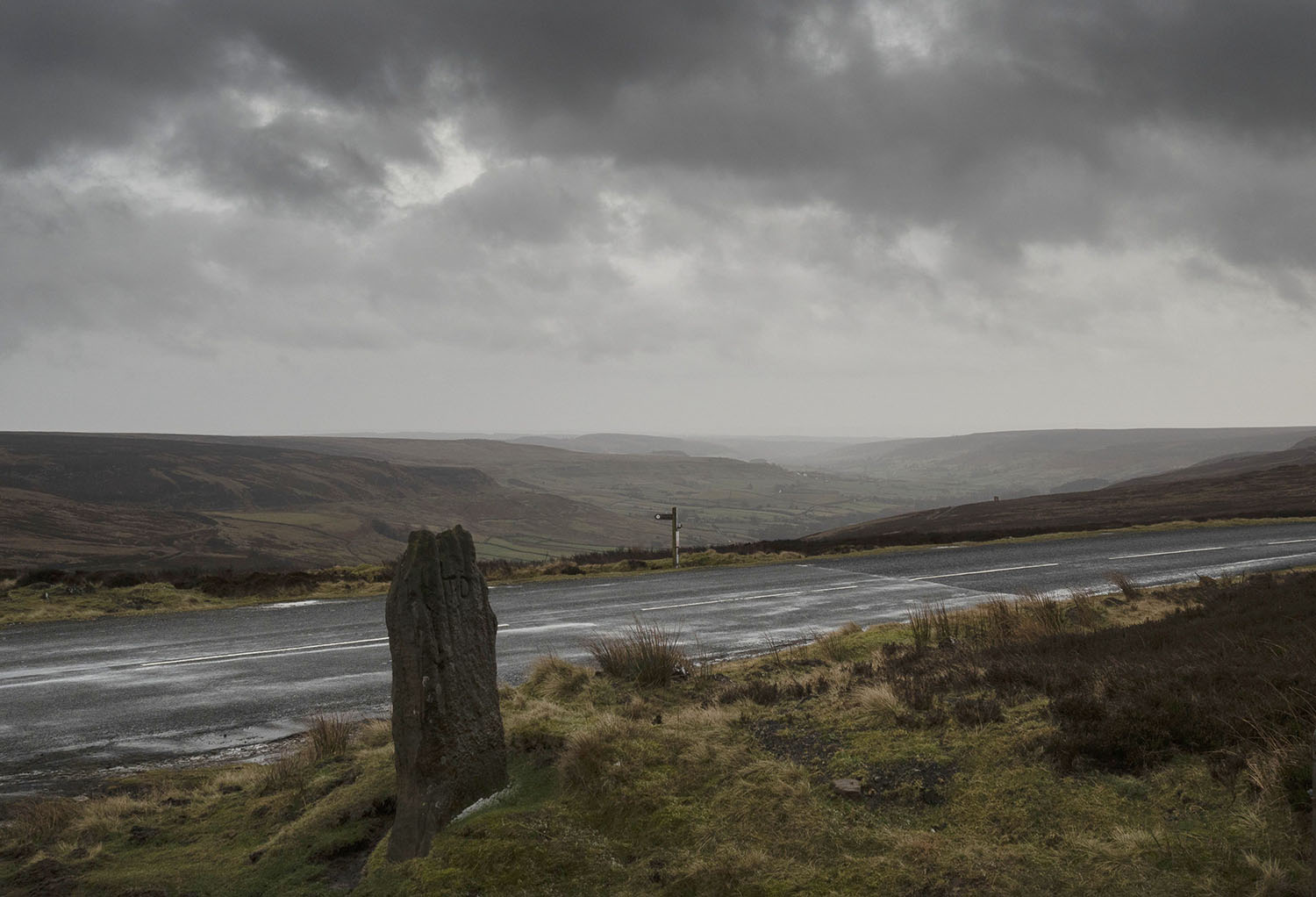
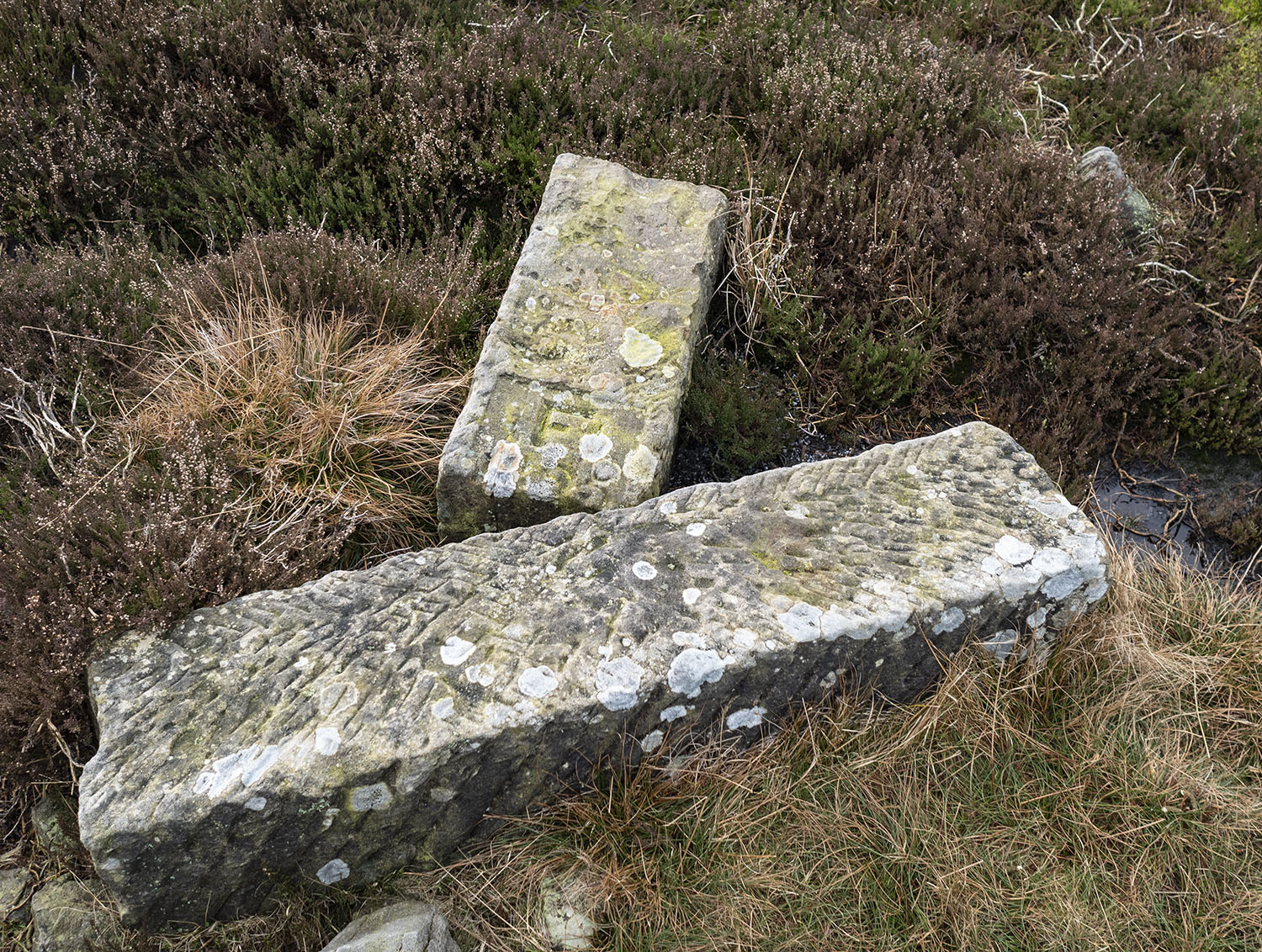 The path is marked by small walker’s cairns and the occasional estate boundary stone. This one, marking the boundary of the Feversham Estate, has been broken for many years.
The path is marked by small walker’s cairns and the occasional estate boundary stone. This one, marking the boundary of the Feversham Estate, has been broken for many years.